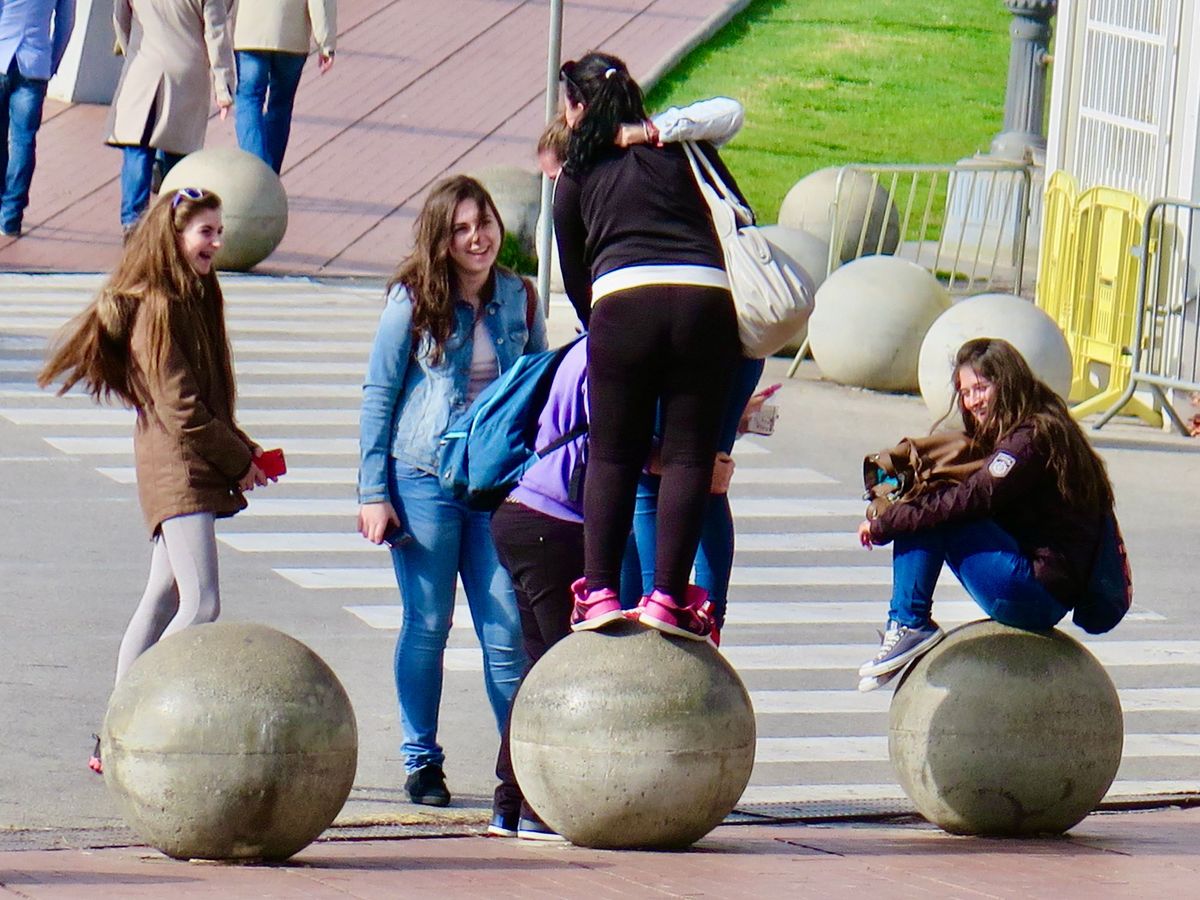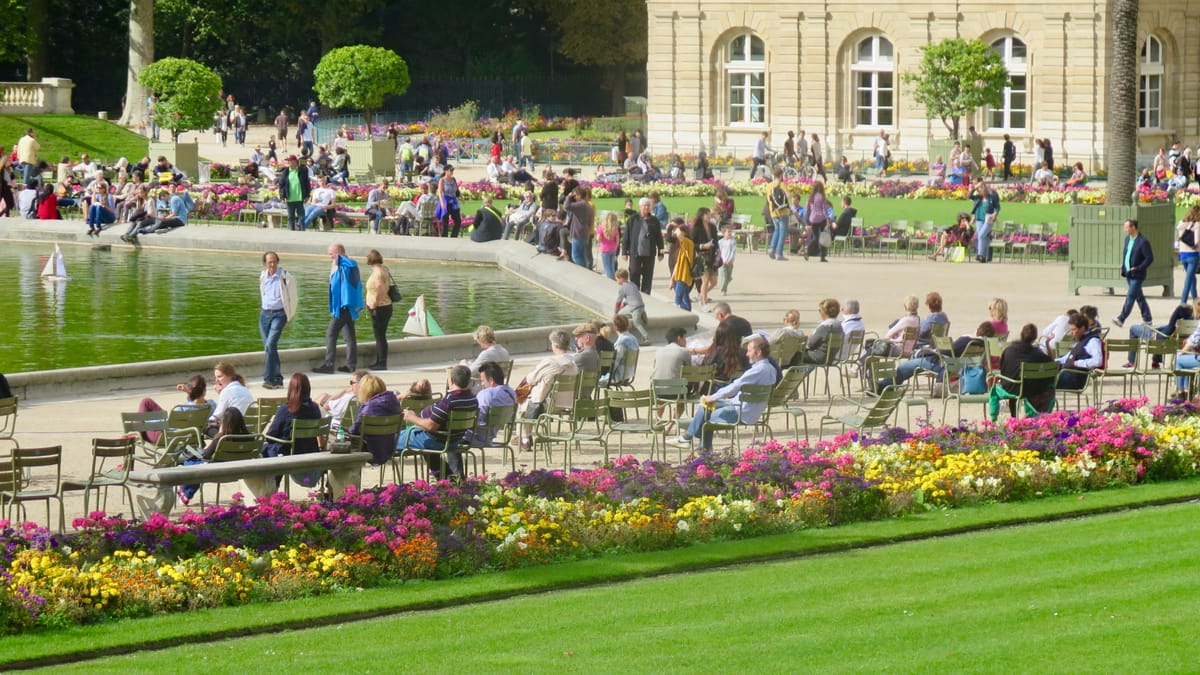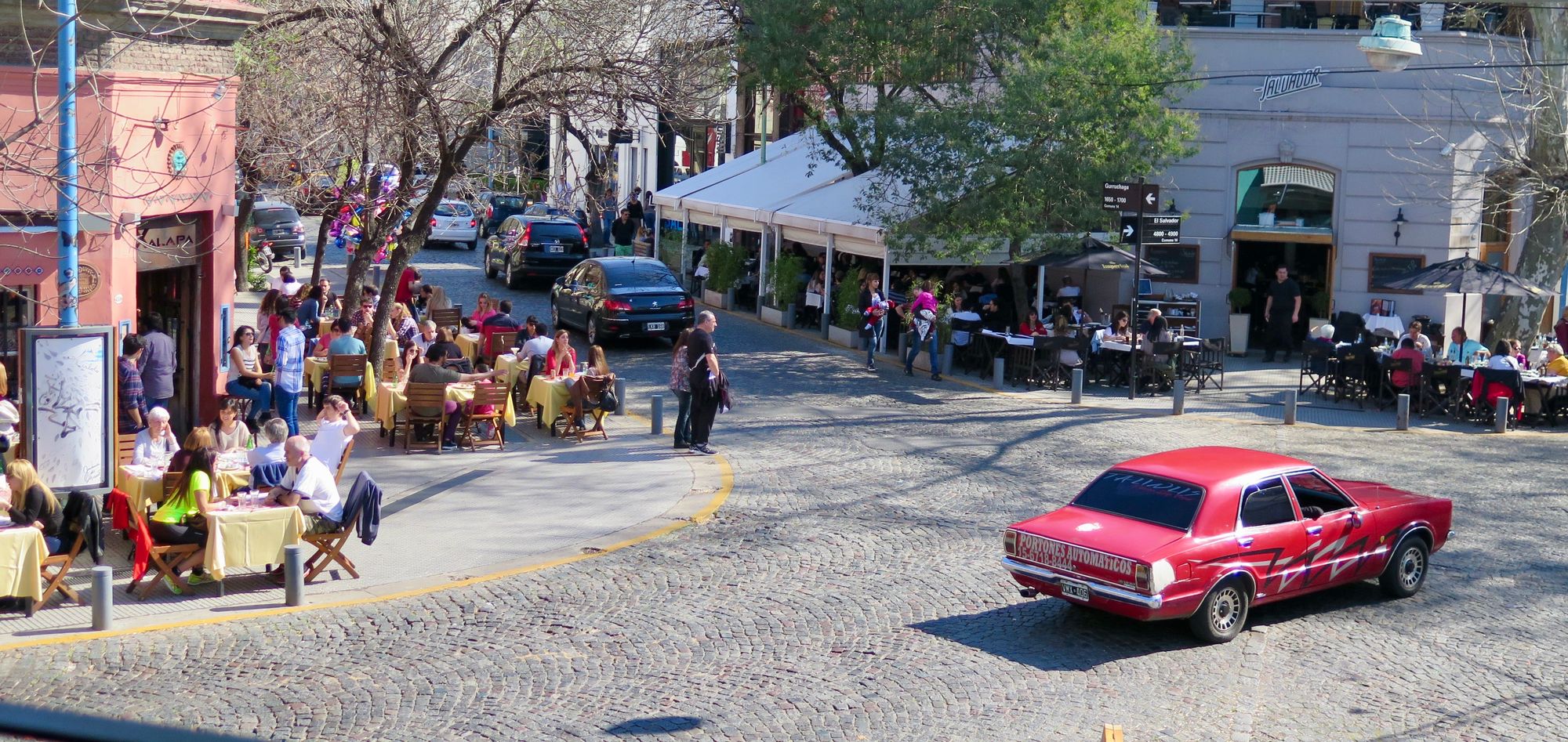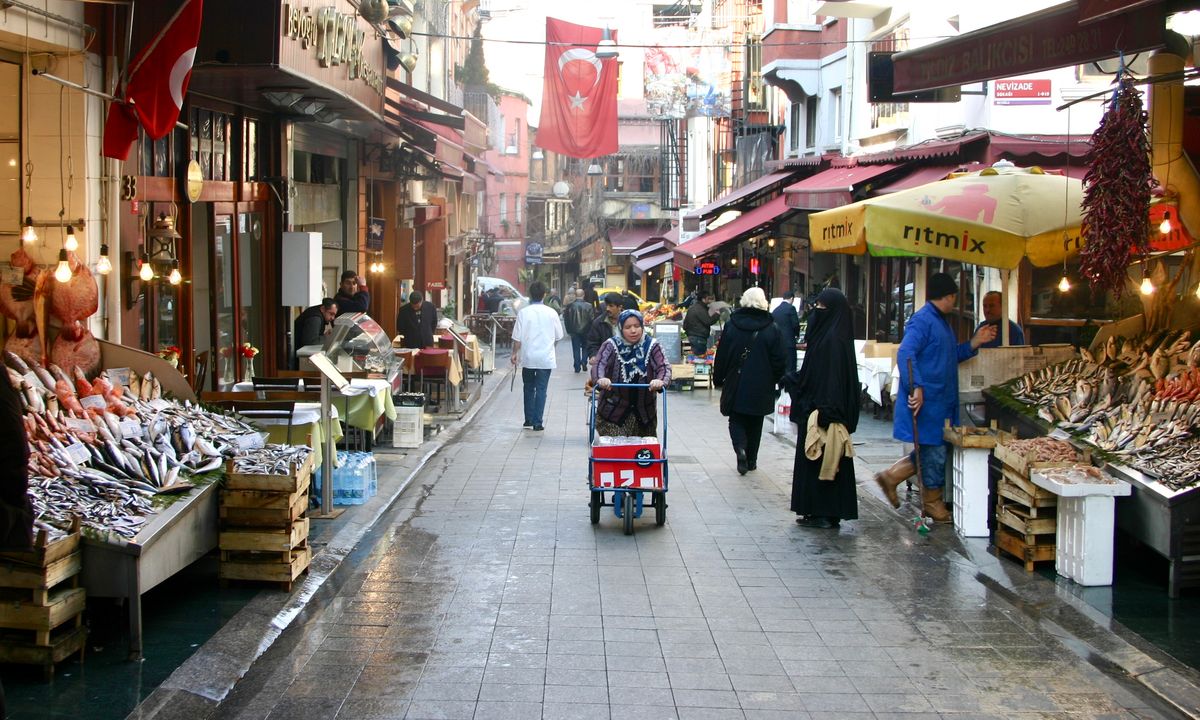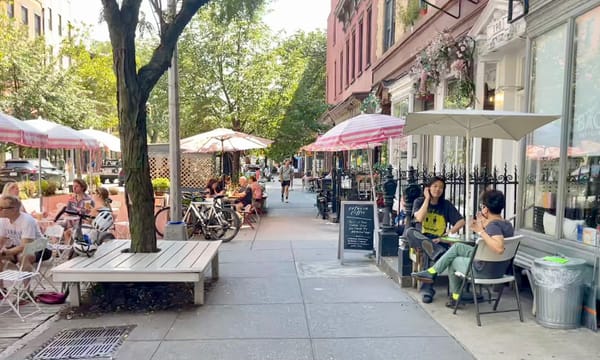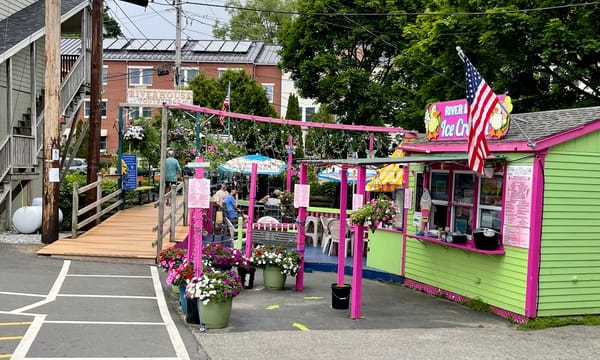Editor's note: Post originally published 08/2019. Edited and expanded upon 02/2022.
How the Simple Bollard Supports Social Life in Paris
Bollards are seemingly simple parts of our public spaces. At the most basic level, they are poles or posts designed to separate and protect pedestrian areas from vehicle traffic. But beyond serving this important safety function, we have seen that these bollards also uphold social life in our communities. In Paris, bollards make the city more walkable and pleasant.
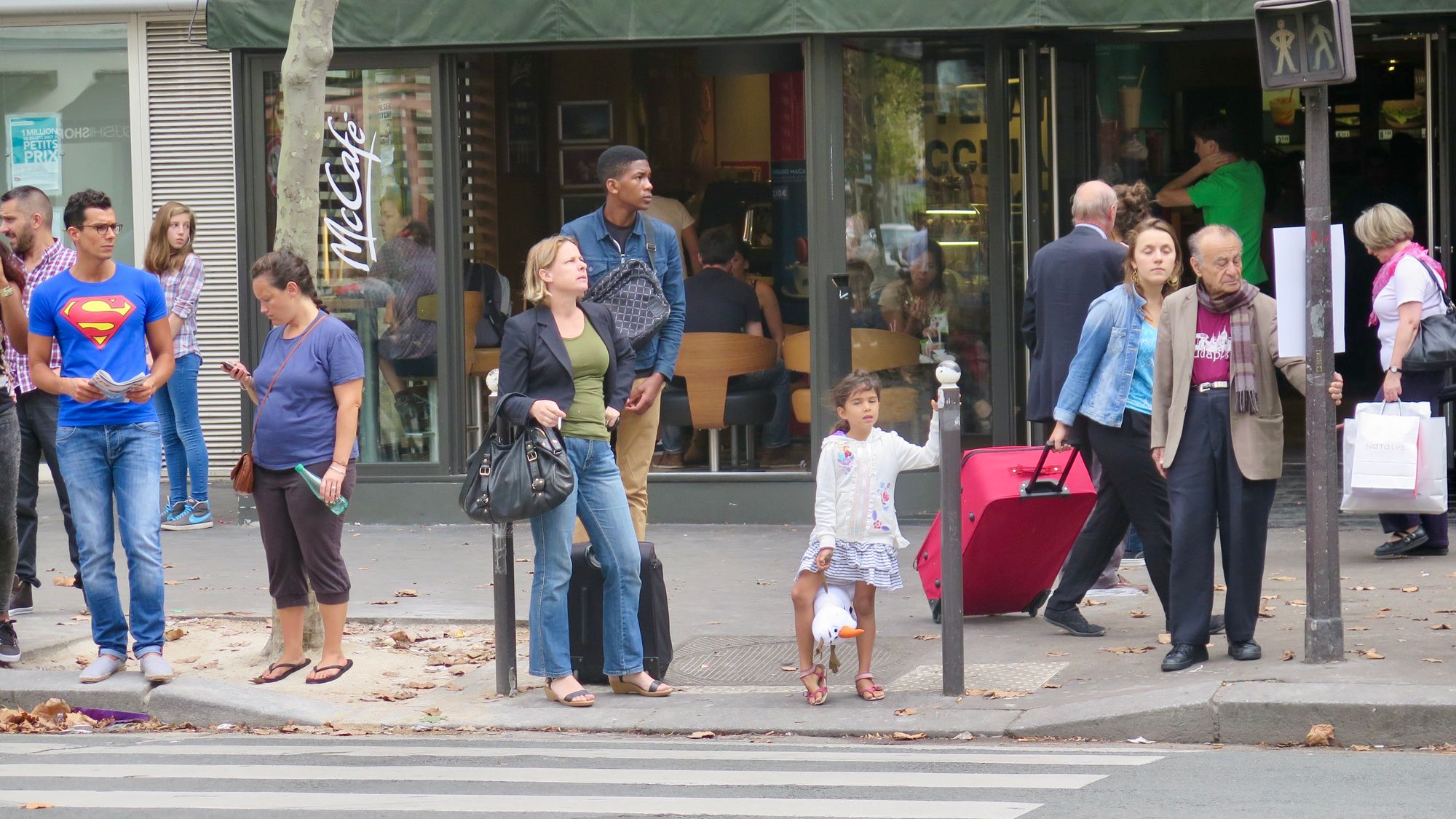
Scenes from Paris
The simple bollards found on streets throughout Paris subtly define public spaces and create transition zones in places where vehicles and pedestrians interact. These bollards show that, when designed and placed right, they can serve many purposes, ranging from wayfinding cues to seating/leaning options, and maybe even more important a cover to just gather around and socialize or just hang out.
Bollards can:
- offer a place to pause when you are waiting to cross a street;
- caution people to be wary of oncoming traffic;
- highlight important intersections or destinations throughout the city;
- provide a safe place to wait or have a conversation alongside busy streets;
- prevent cars from parking on sidewalks
Bollards have become an important piece of Parisian public infrastructure, which defines public space and enhances street life in many ways.
But bollards are hard to get "right," and can be taken too far. Not every place needs a bollard, and some types of traffic separation methods might send the wrong message: making places feel "walled-off," or encouraging drivers to move faster because pedestrians seem safely out of the way. That is what makes these bollards in Paris, which so often work well, all the more special.
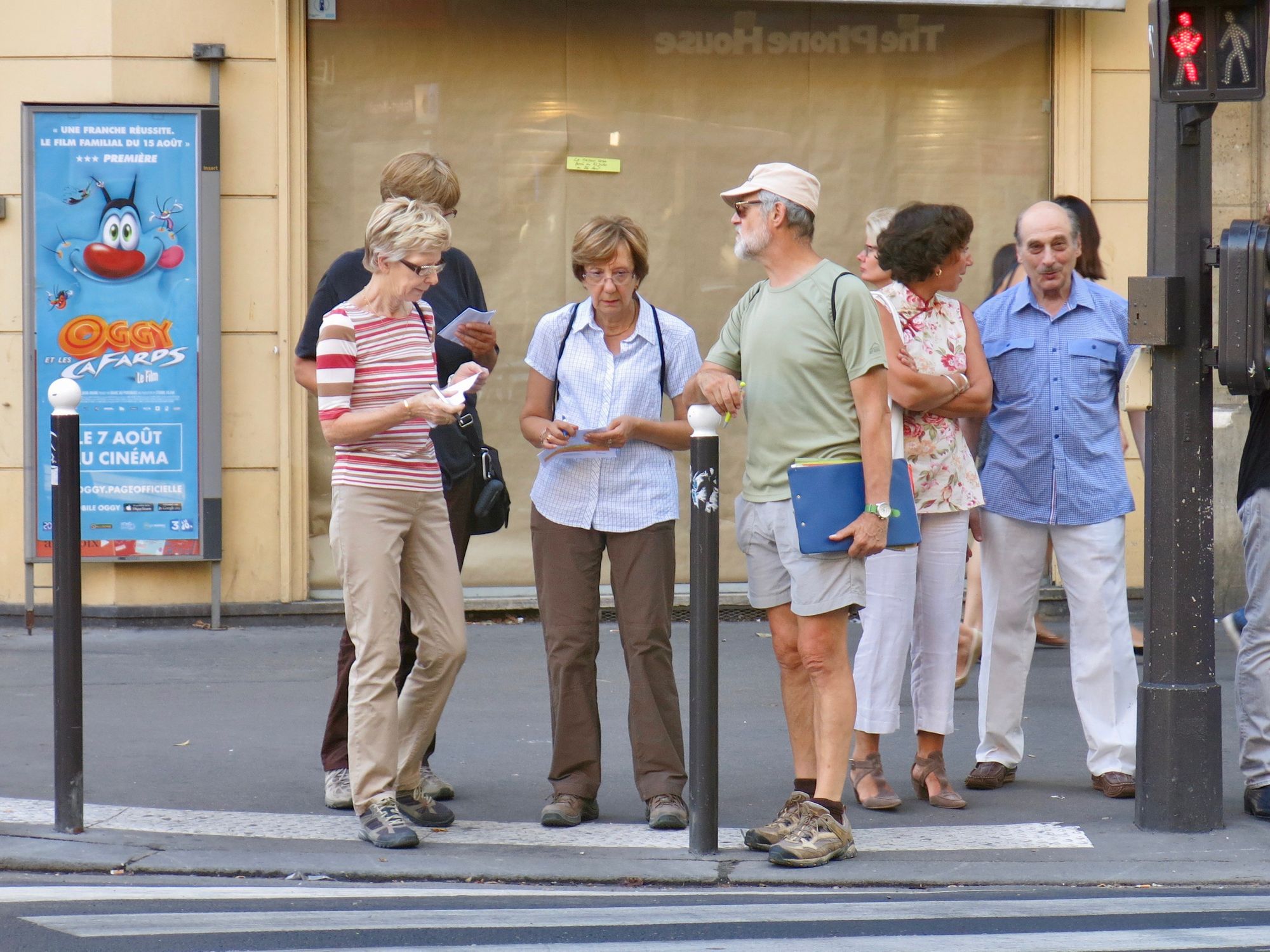
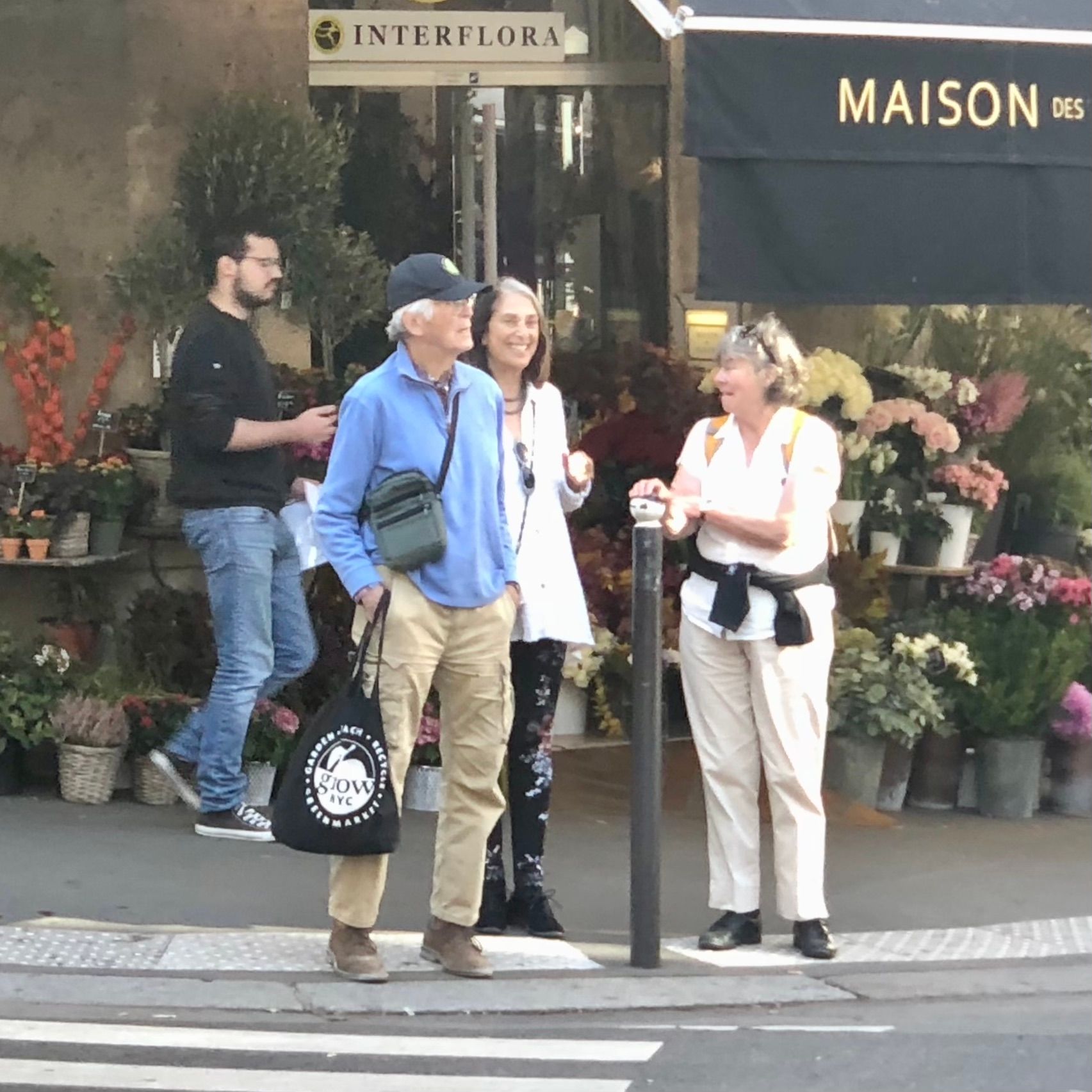
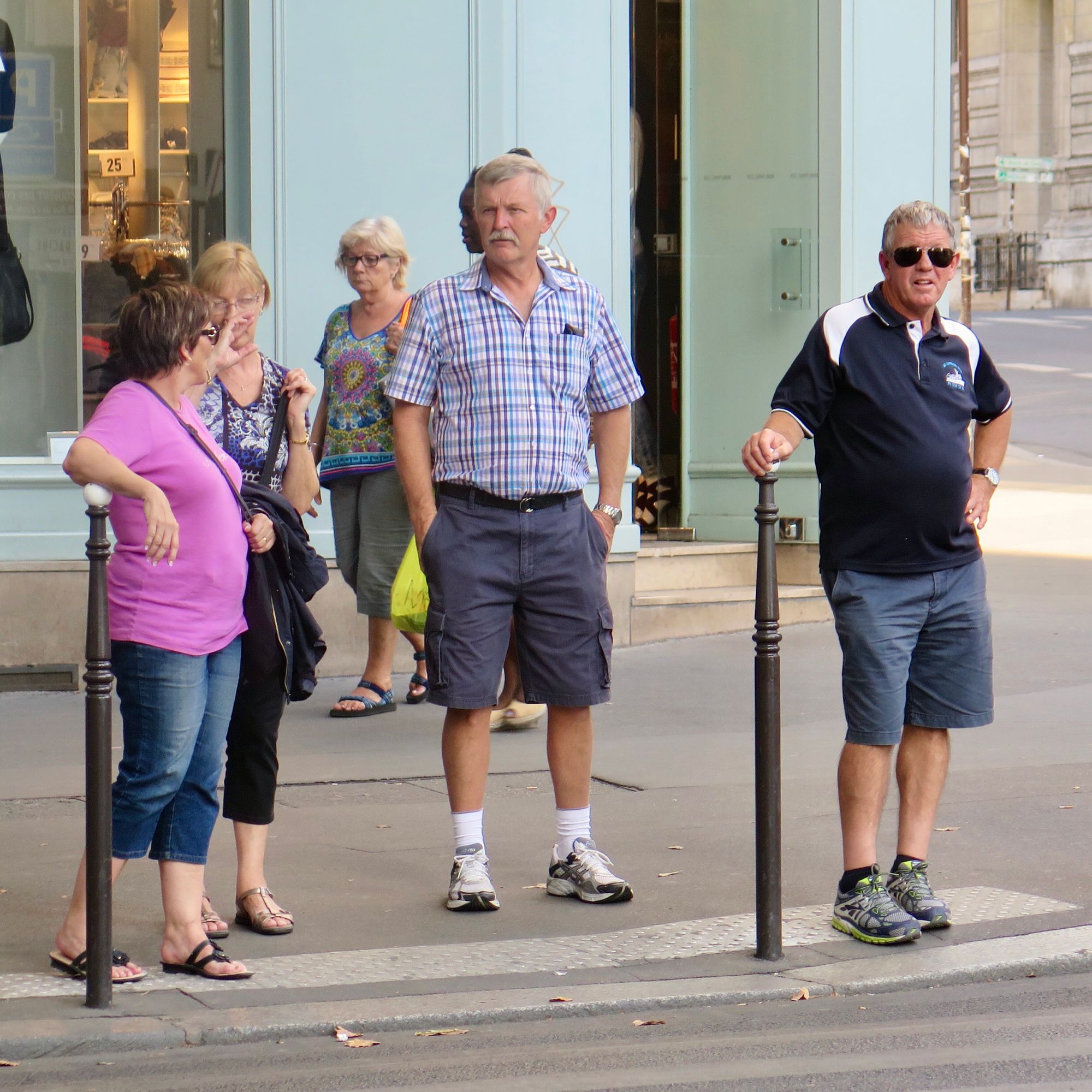
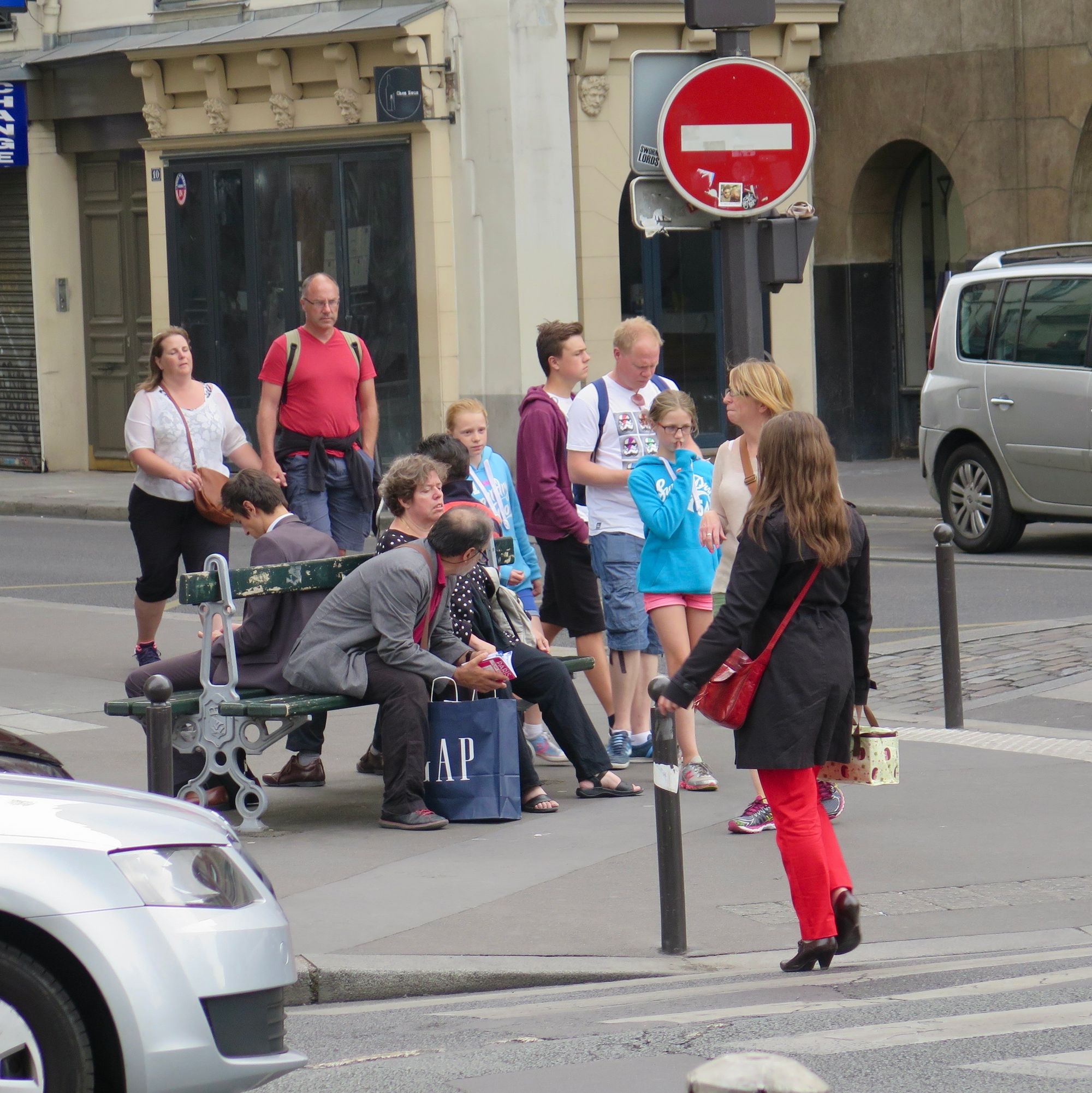
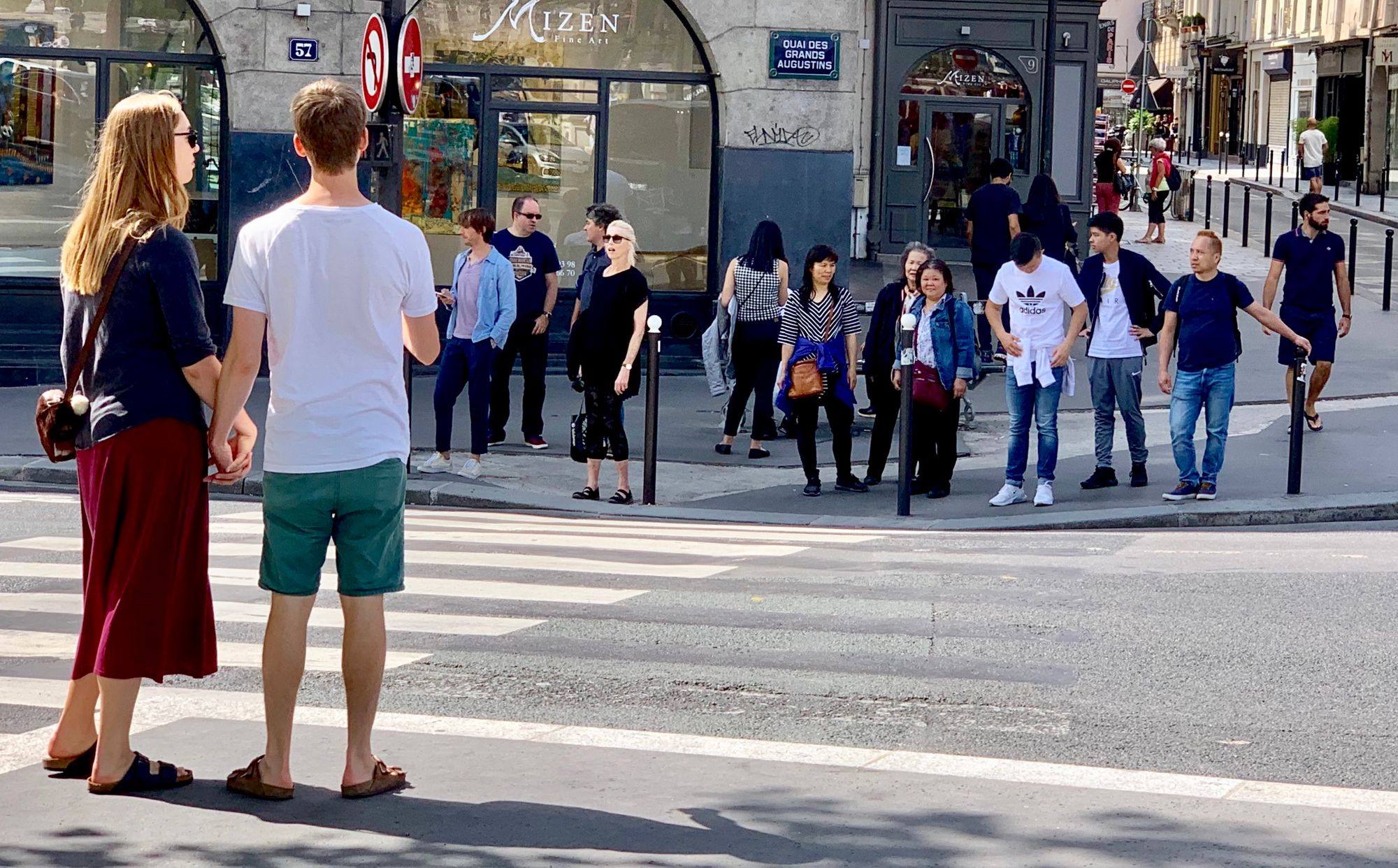
The slices of life that unfold at intersections can be very entertaining, revealing all kinds of people engaged in different activities. In these photos, notice how people need a “cover” or a place to anchor themselves in order to become observers. Bollards provide that by offering a comfortable place to pause, dawdle, rest an arm, and relax. Also, see how they help people to naturally stand back from the curb.
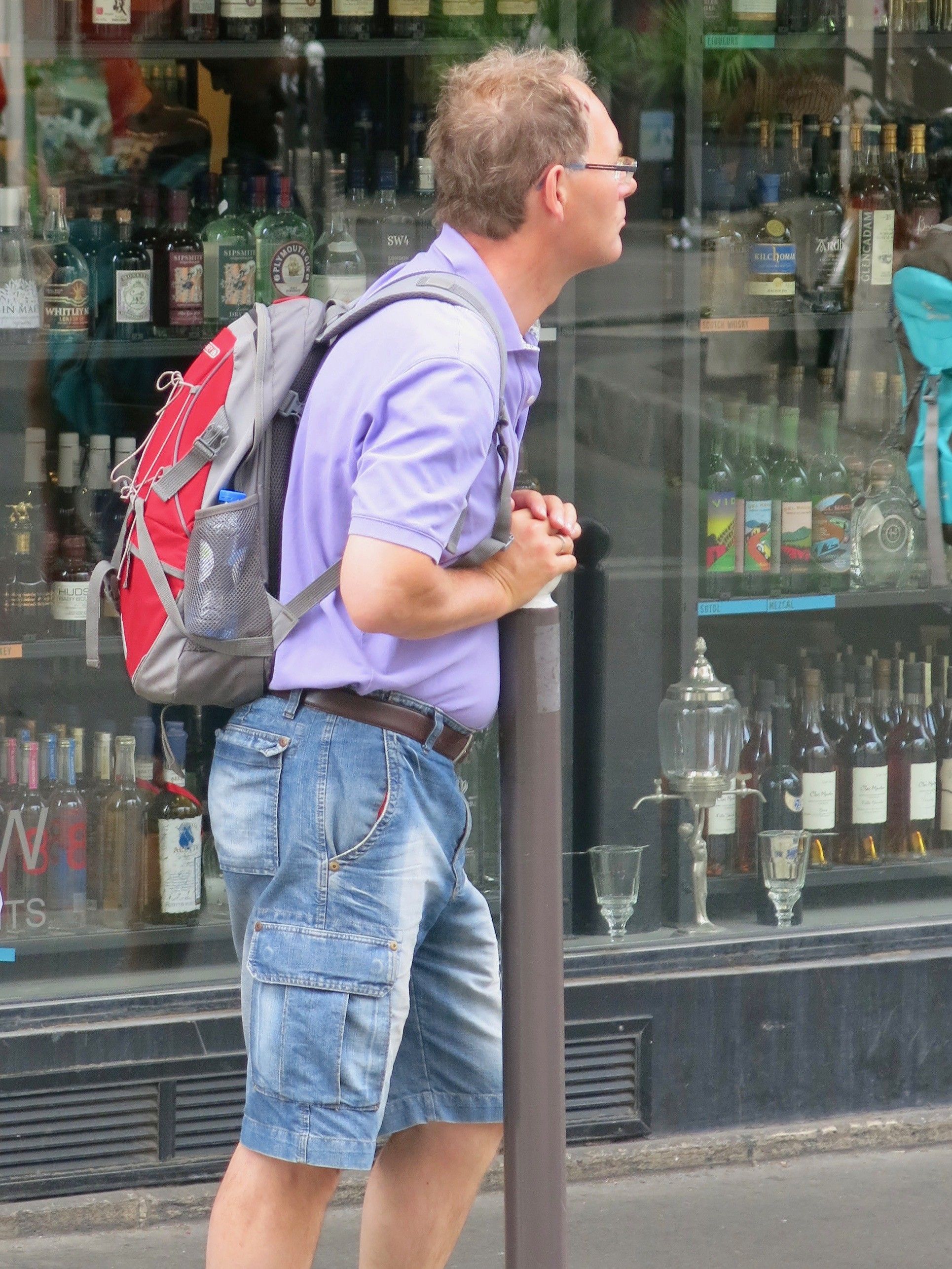
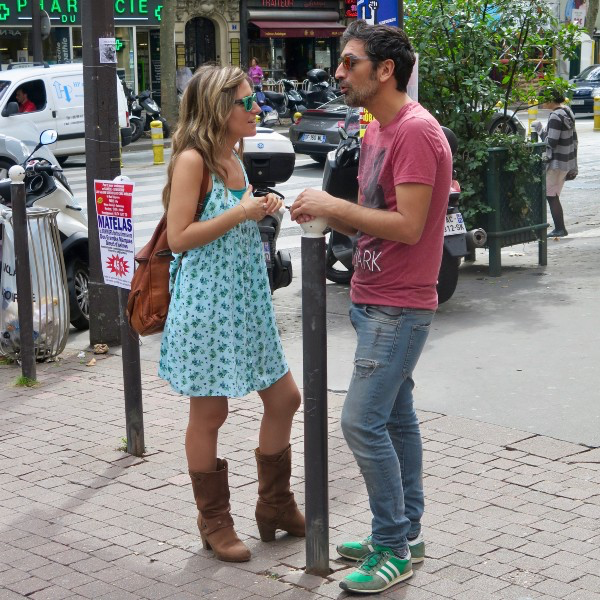
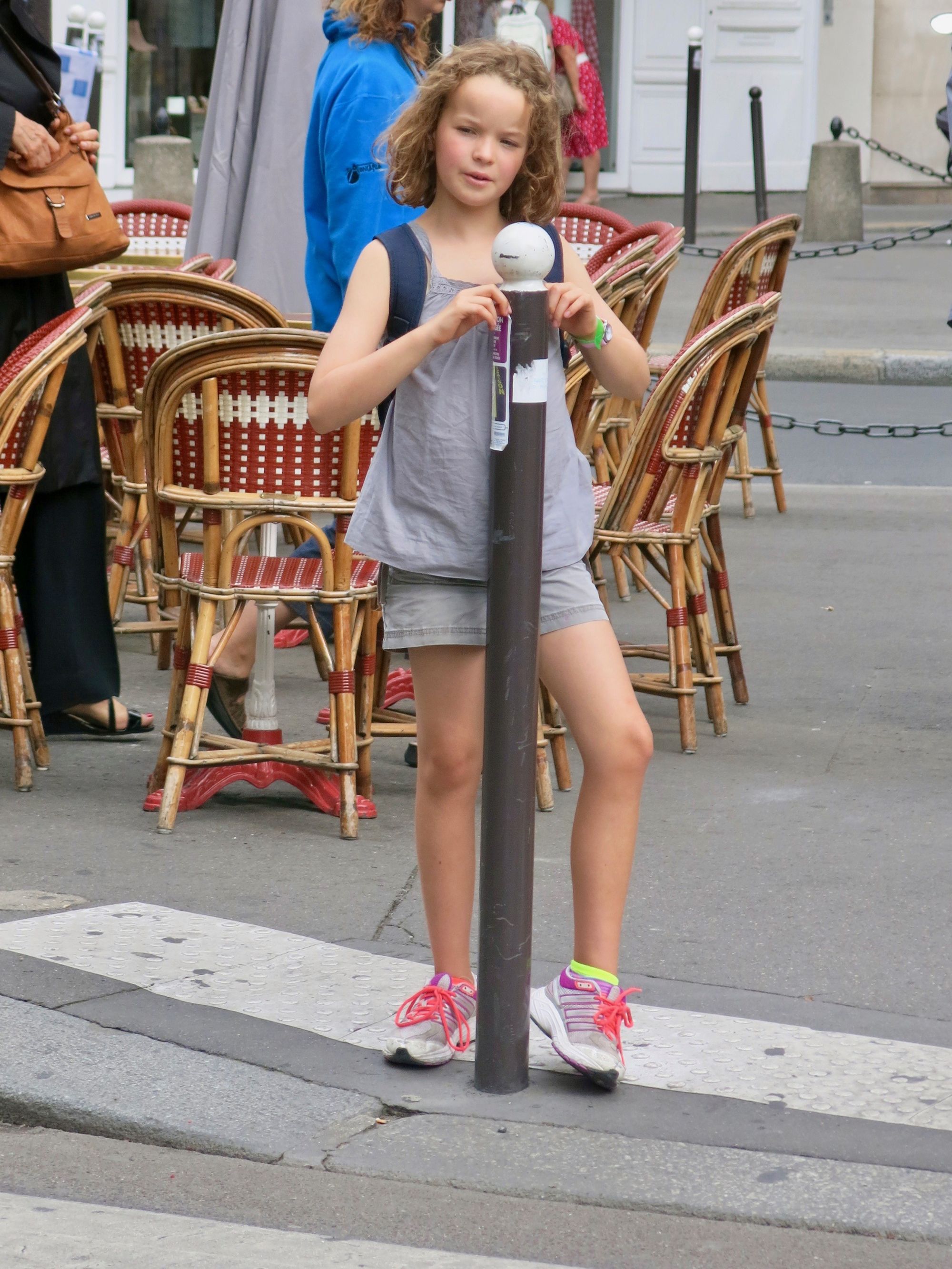
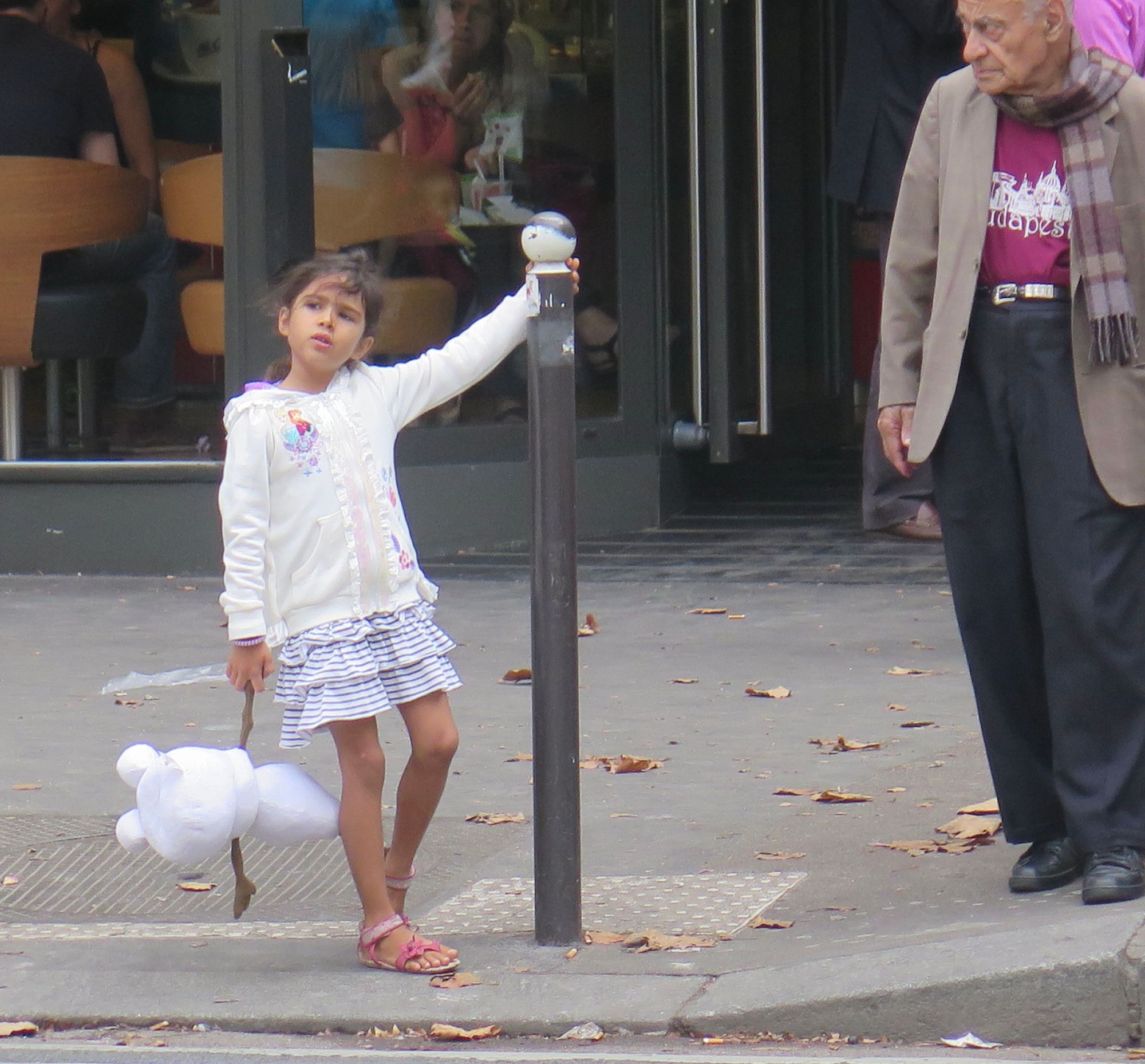
Like a "security blanket"
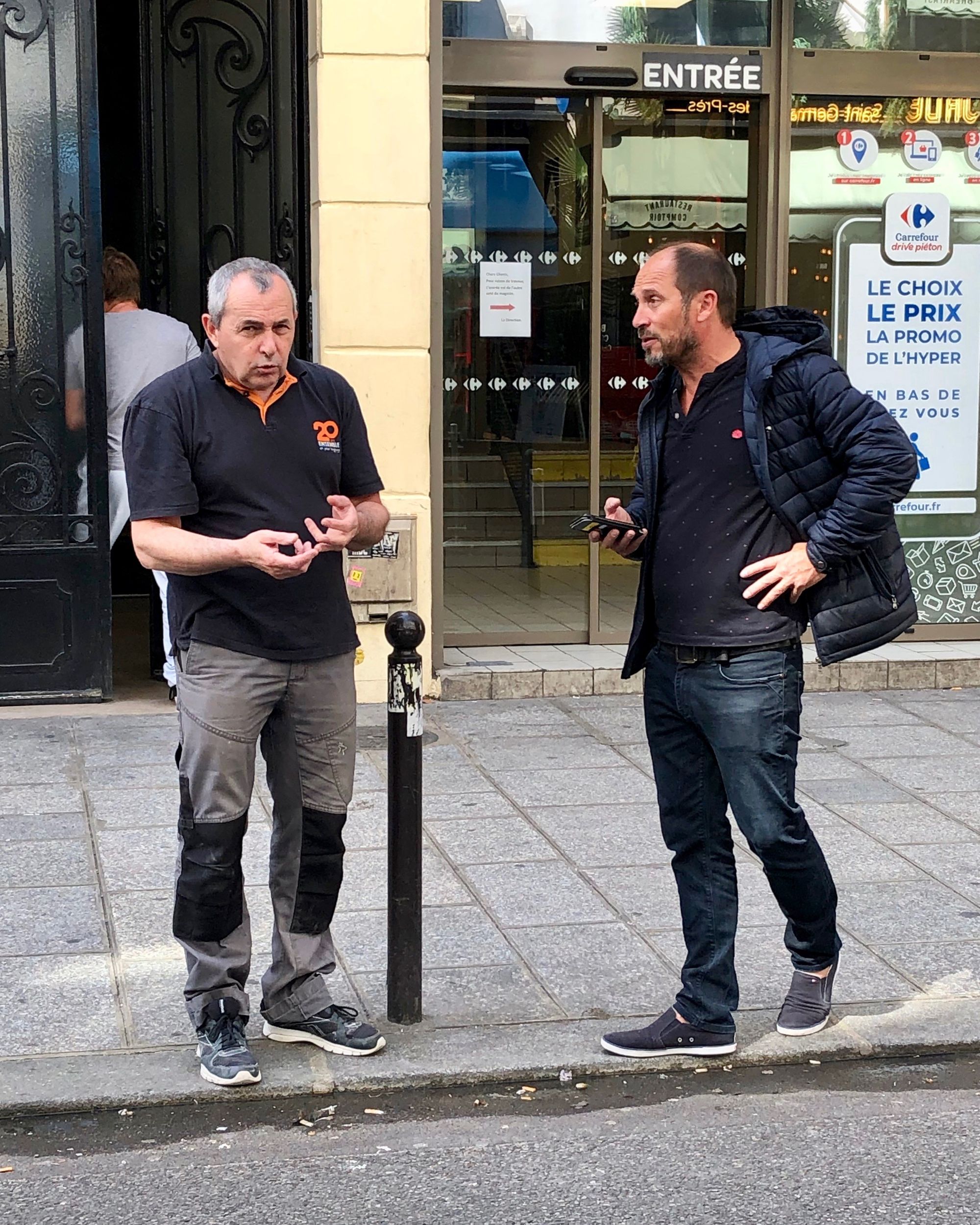
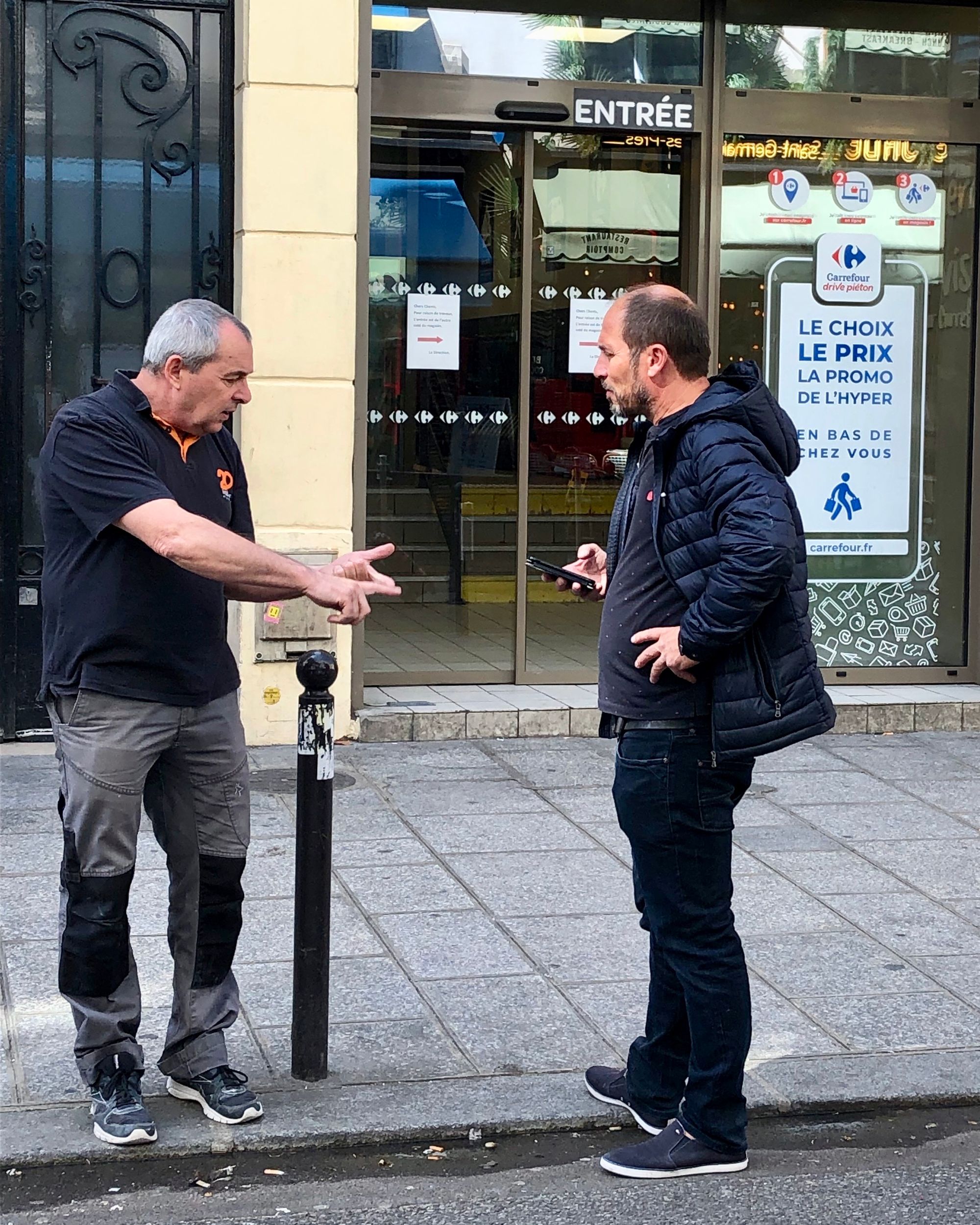
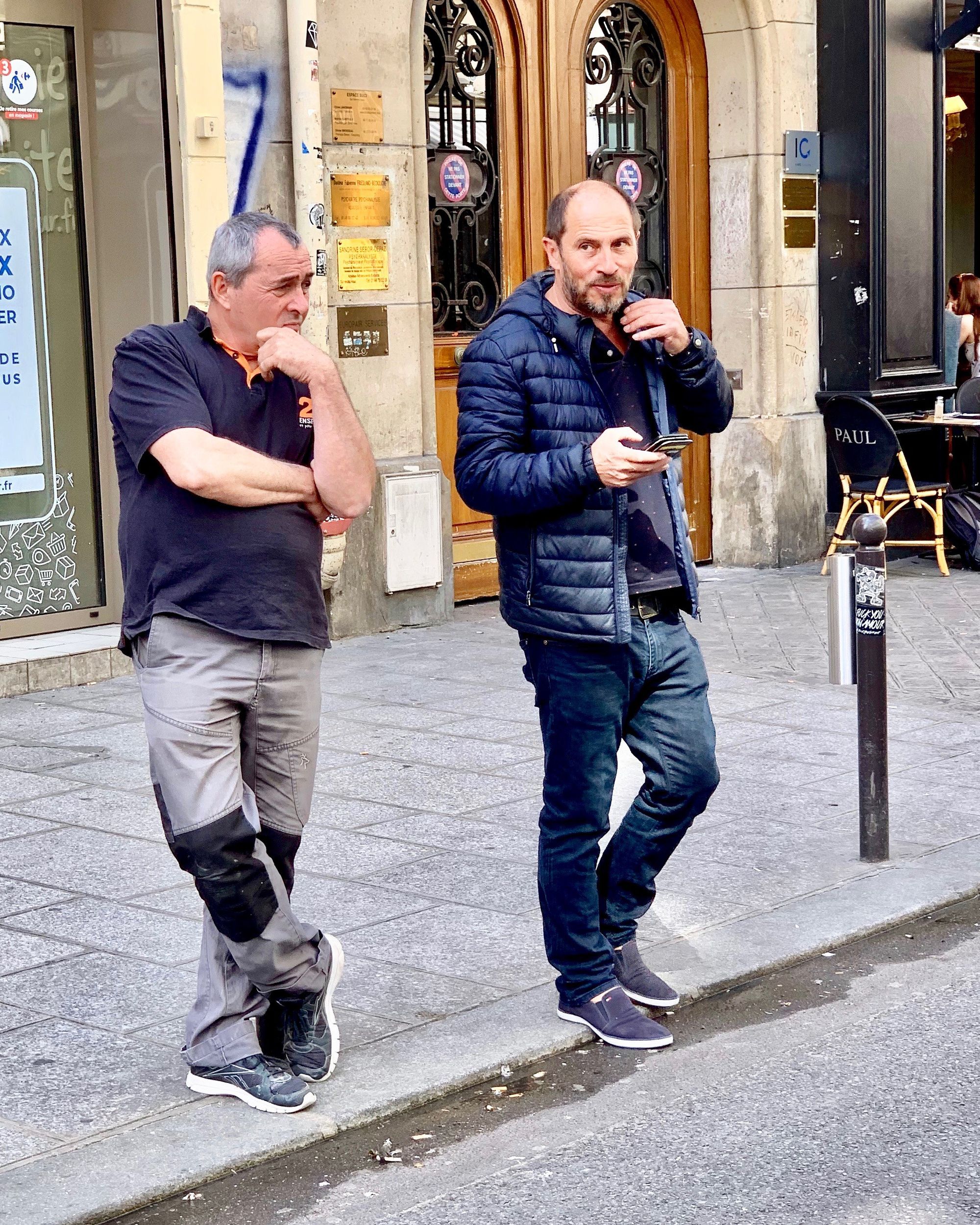
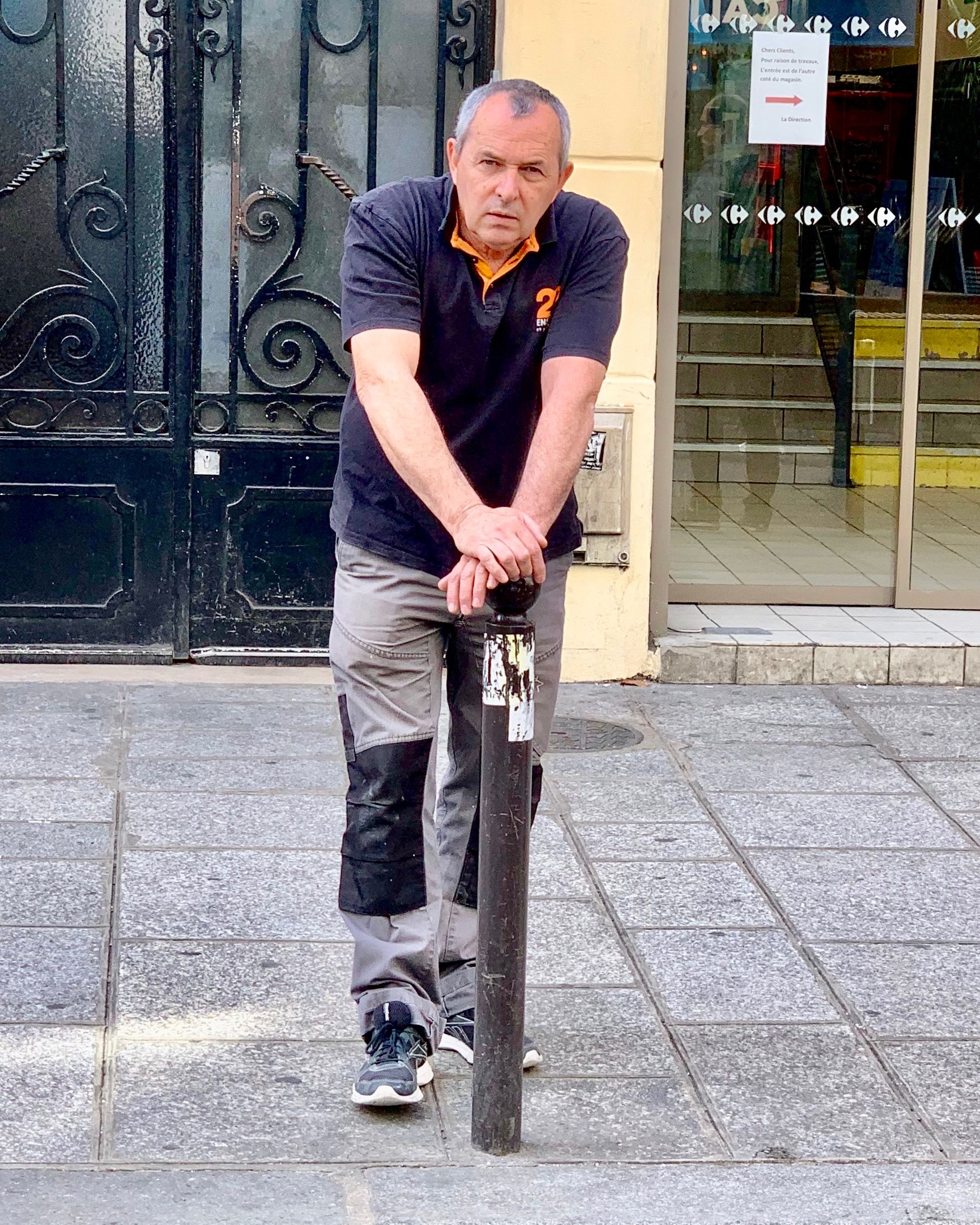
A tough conversation
Corner bollards are an ideal people-watching point: They provide a vista of the spillover activities from cafés, making space for passersby to observe the show. Meanwhile, they protect diners in the café, and give an identity to surrounding businesses and storefronts.
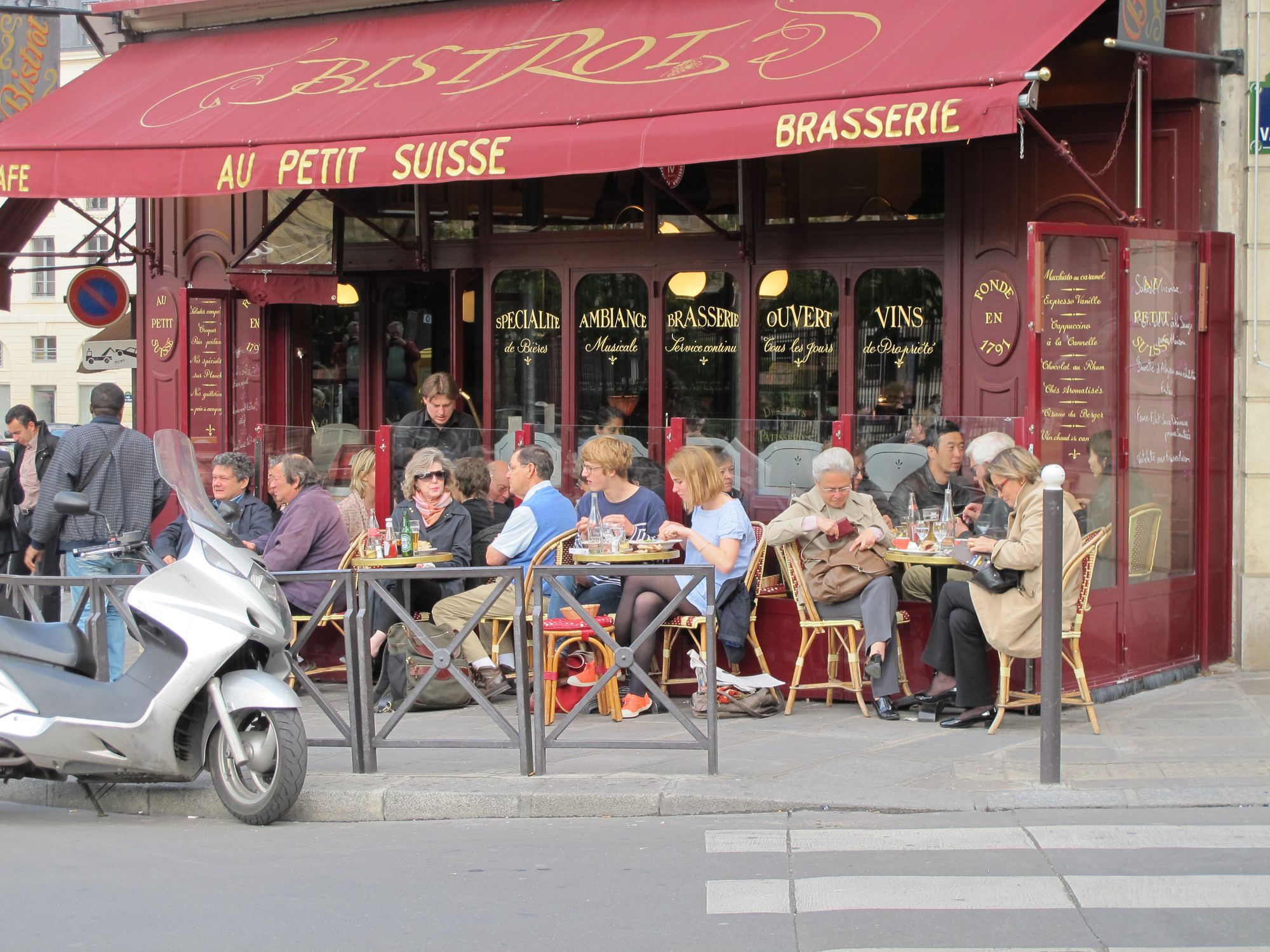
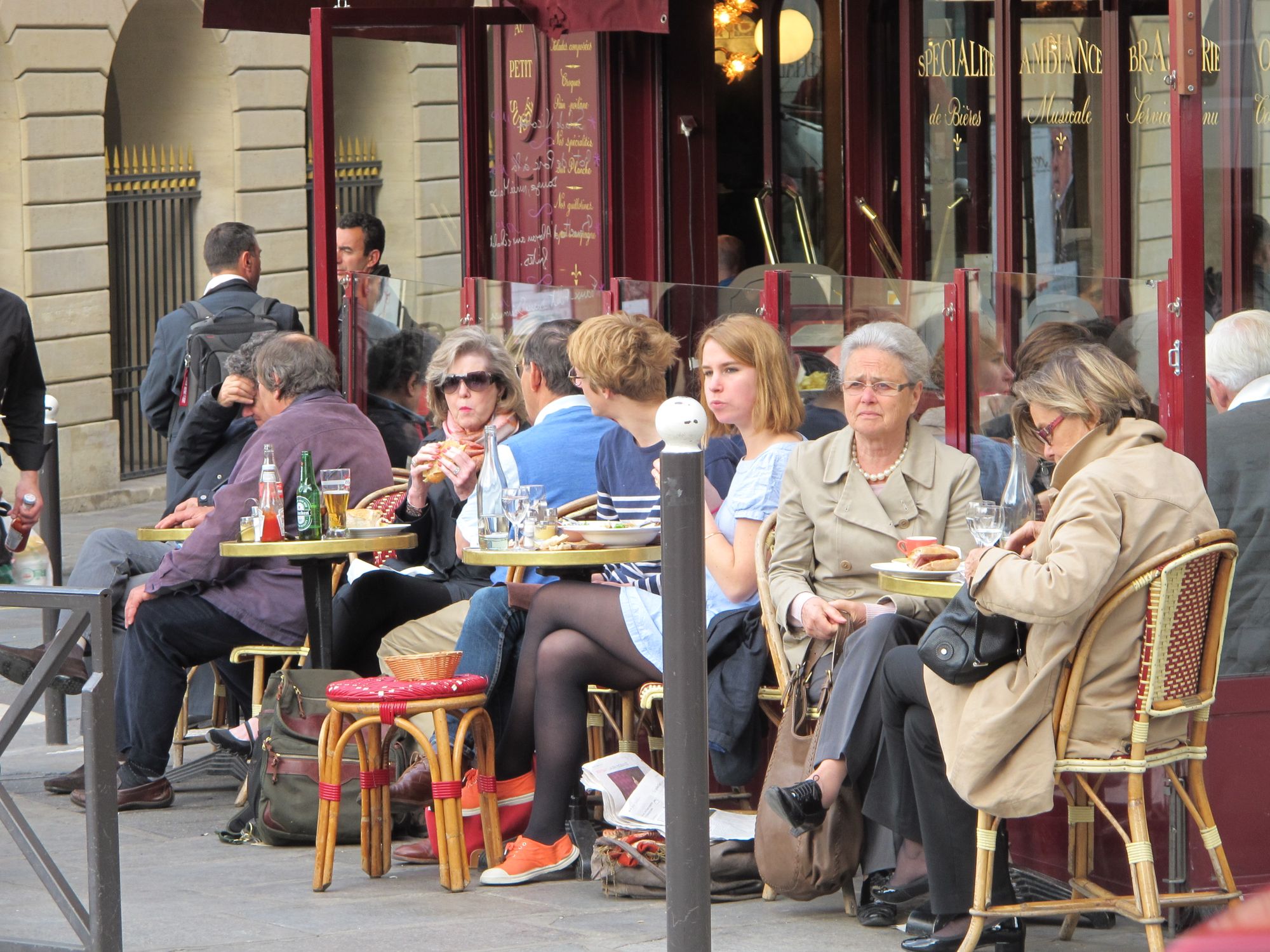
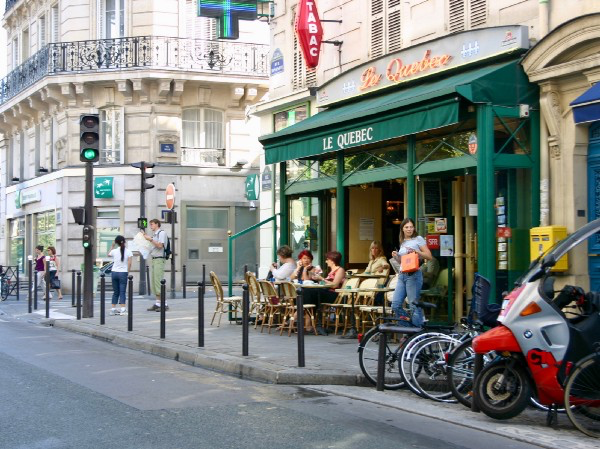
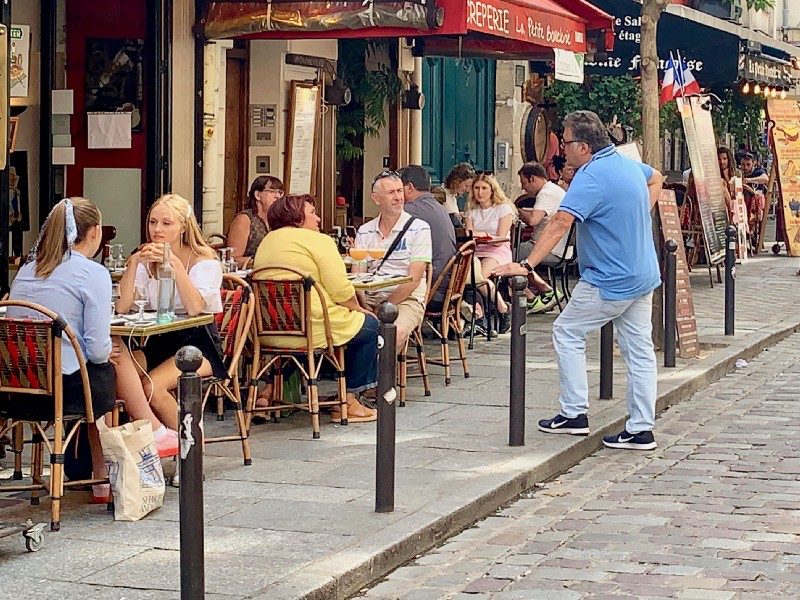
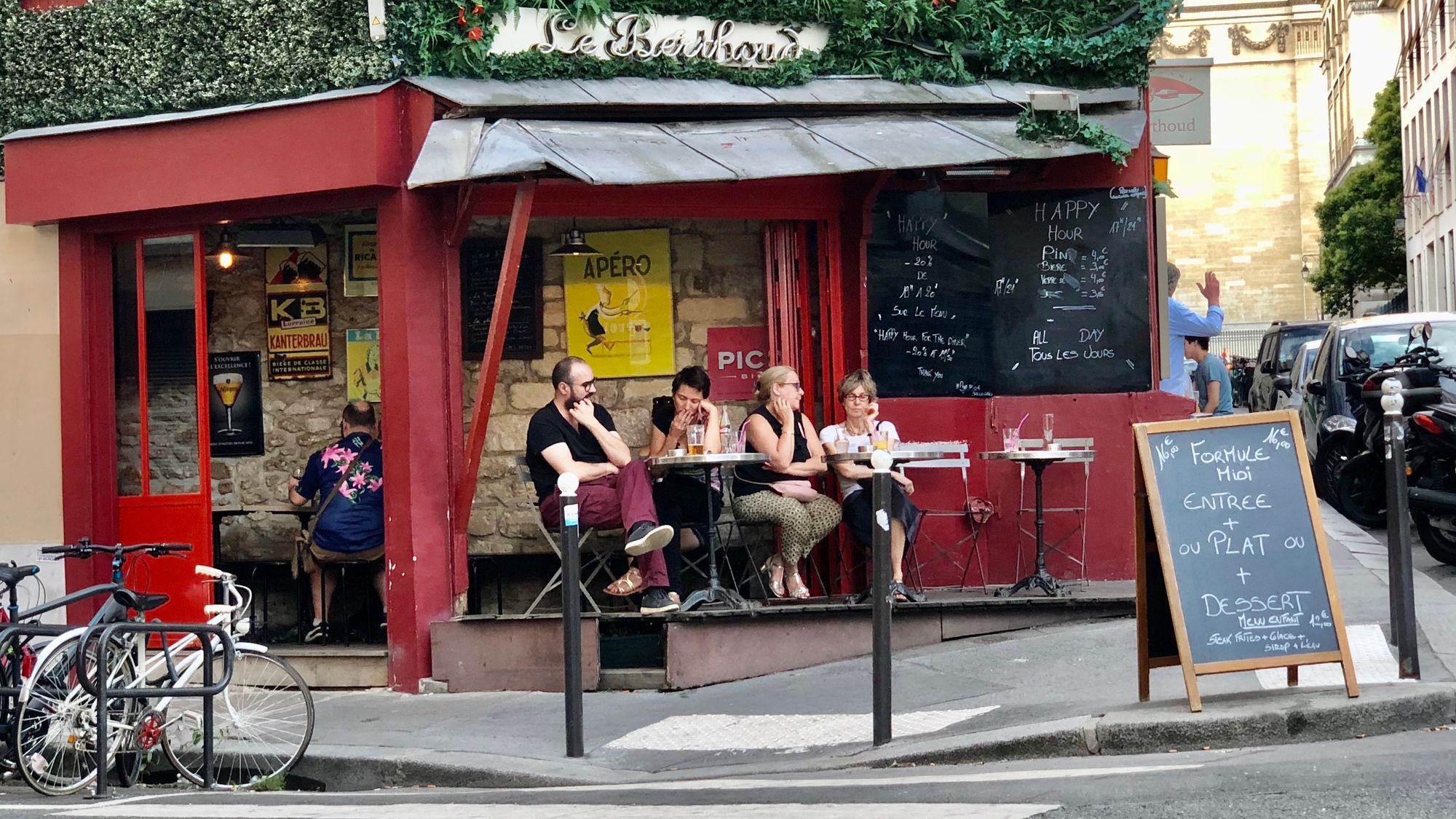
Bollards can also keep corners open and dynamic, allowing neighborhood establishments to have prominent exposure.
Bollards can give a signal that you are entering a special place or community, and nudge people to act (or drive) accordingly. Just off of the high-speed roads along the Seine River, these Paris intersections illustrate how bollards can be used to provide a sense of safety and dramatically change drivers’ behavior. Especially when paired with with narrow streets and crosswalks constructed with visibly contrasting materials, bollards offer security and ease for people on foot. Motorists have a visual cue to understand that they are entering a low-speed zone. Another plus: Bollards also prevent cars from parking.
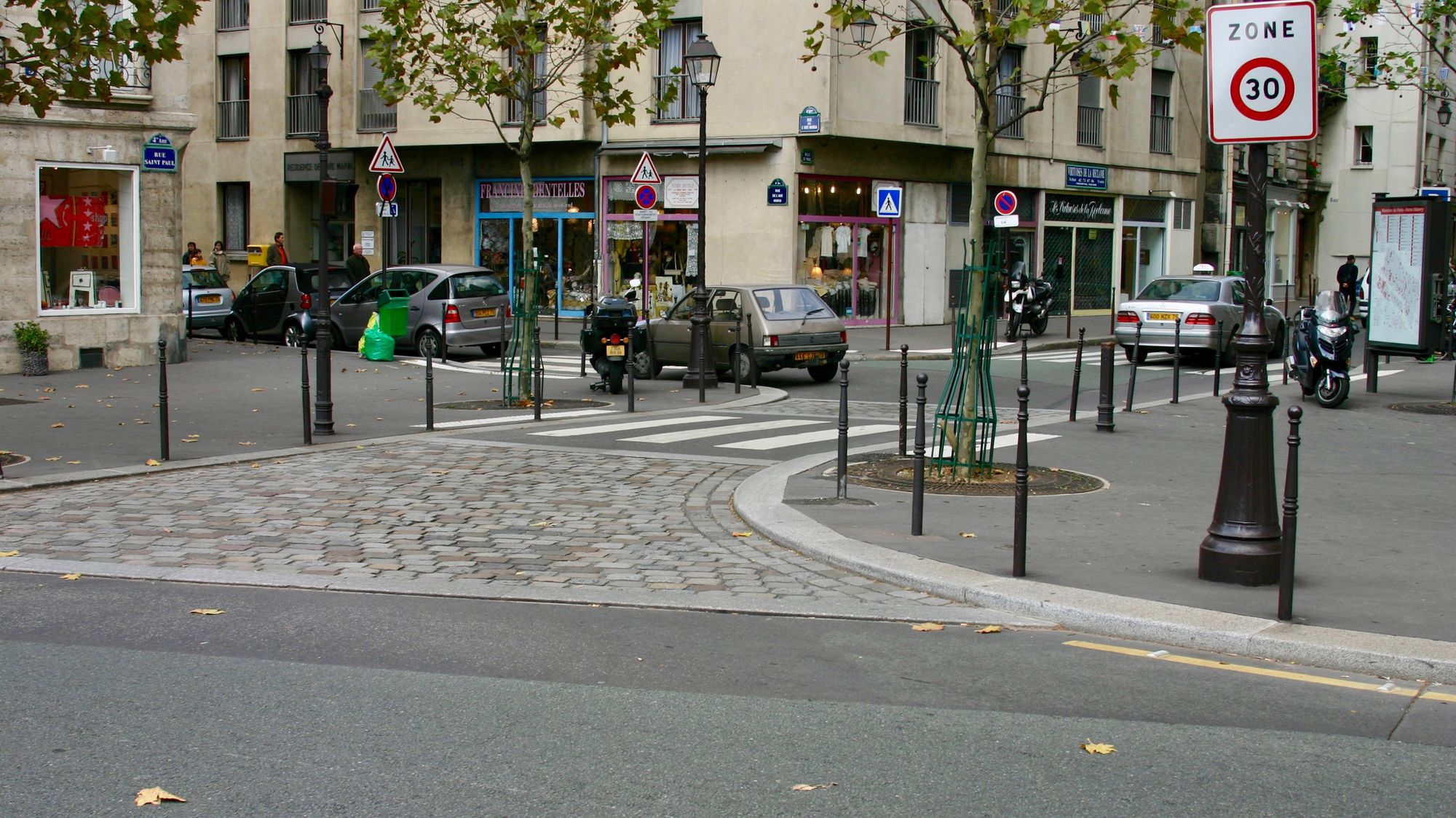
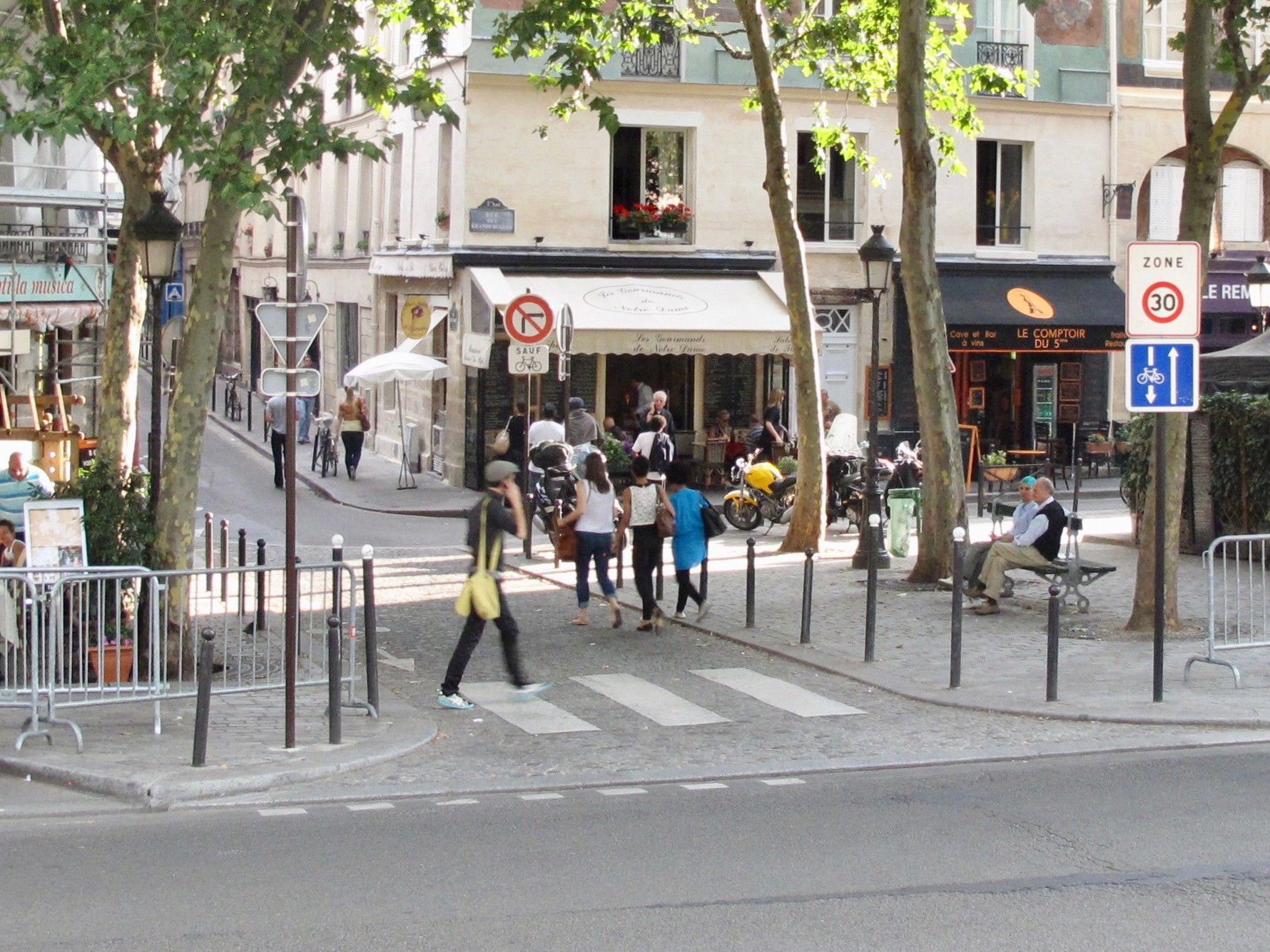
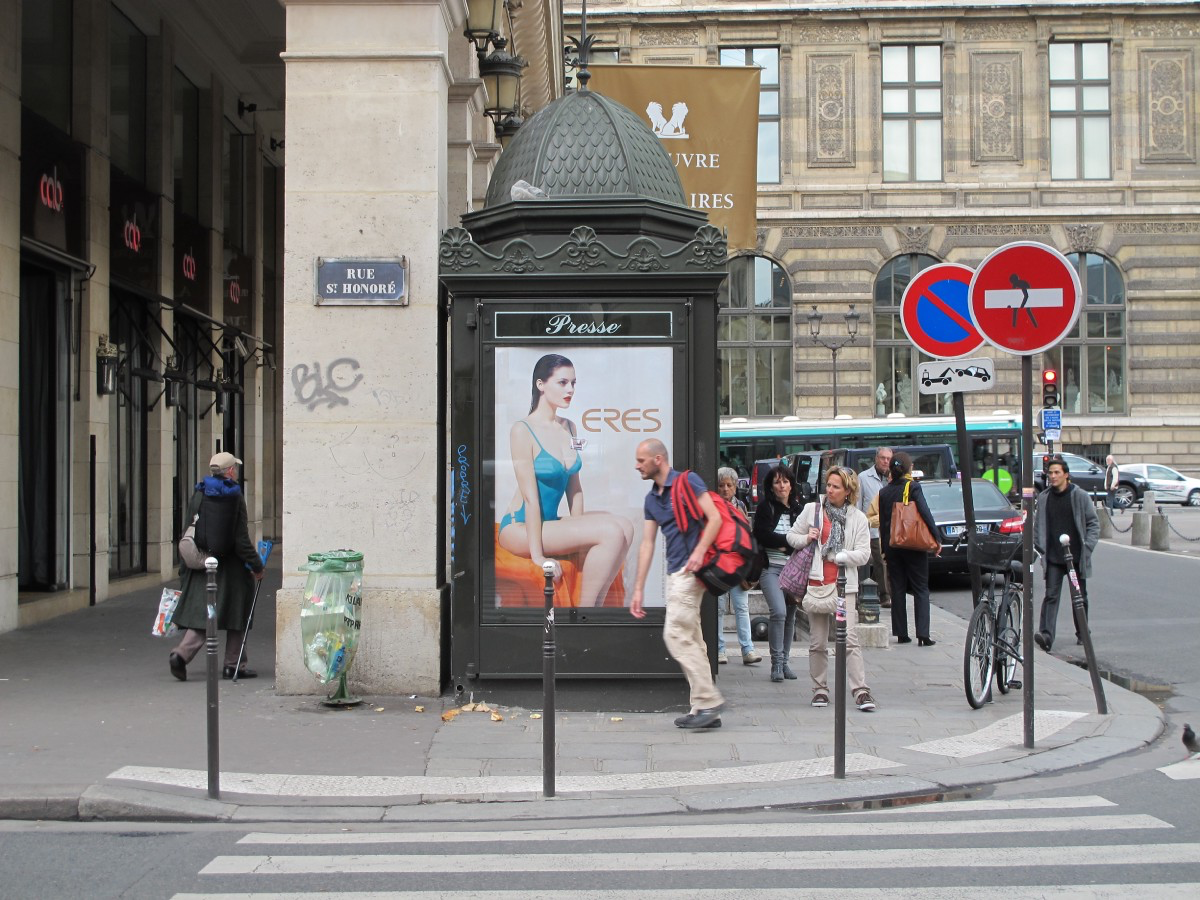
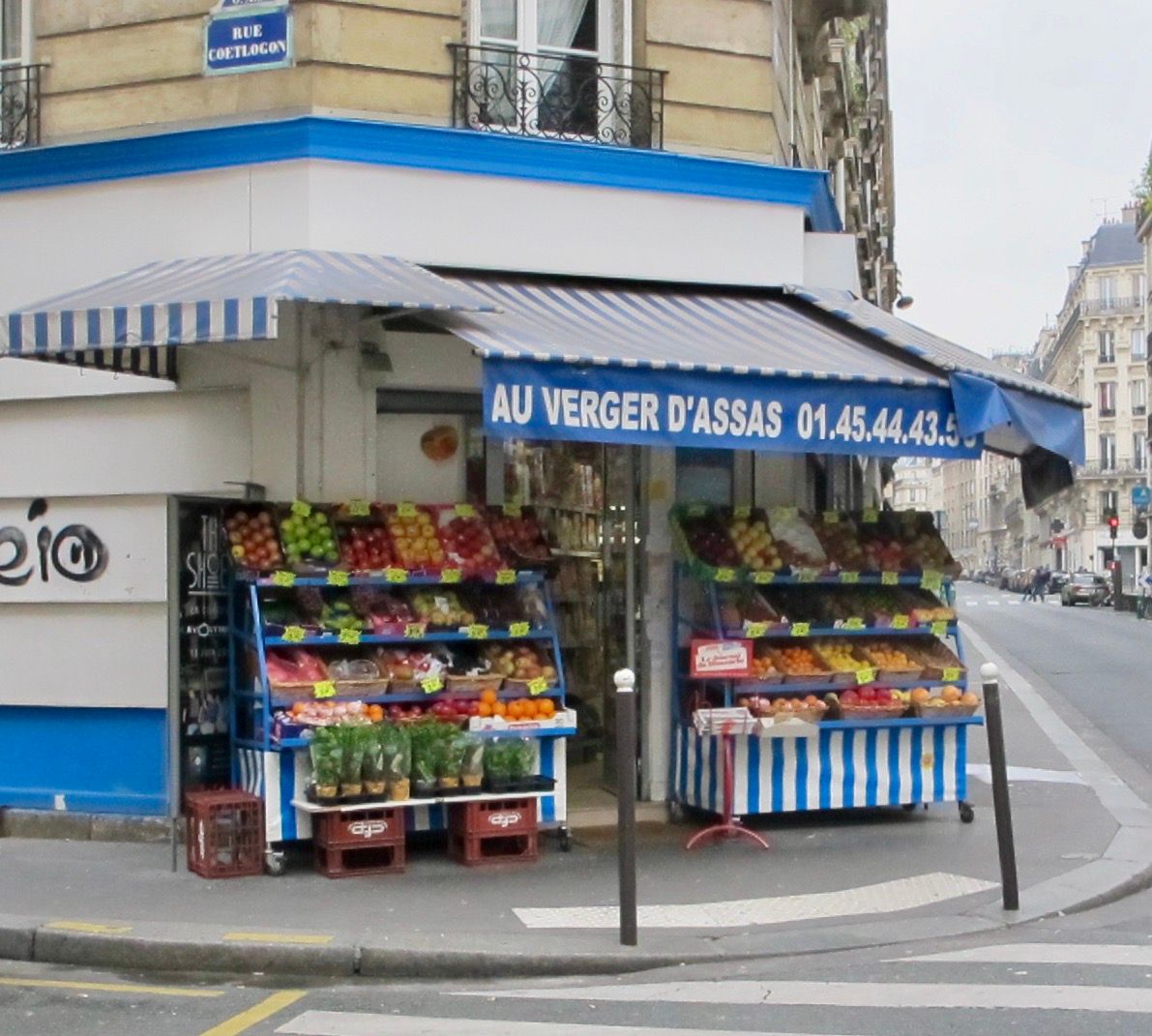
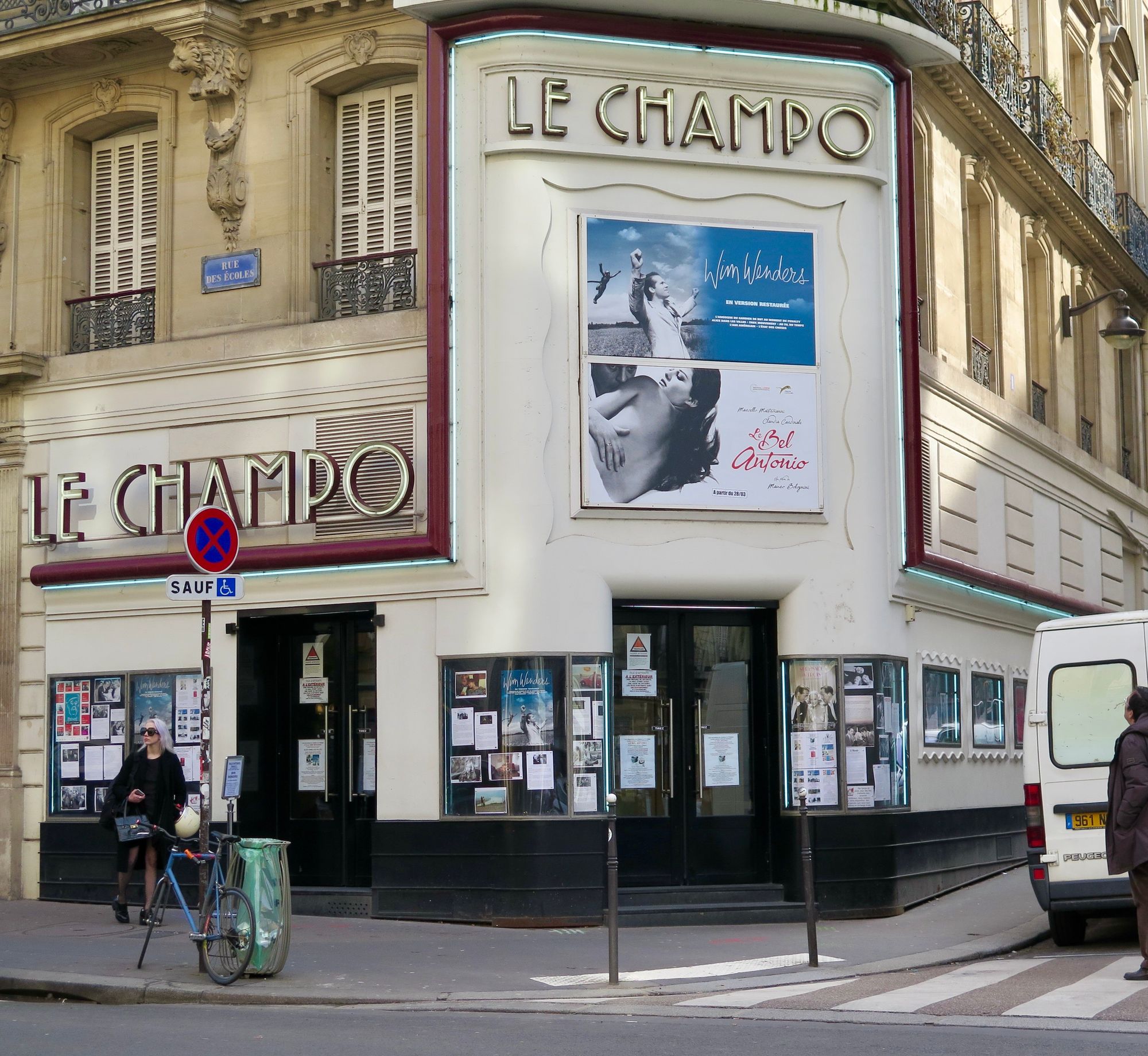
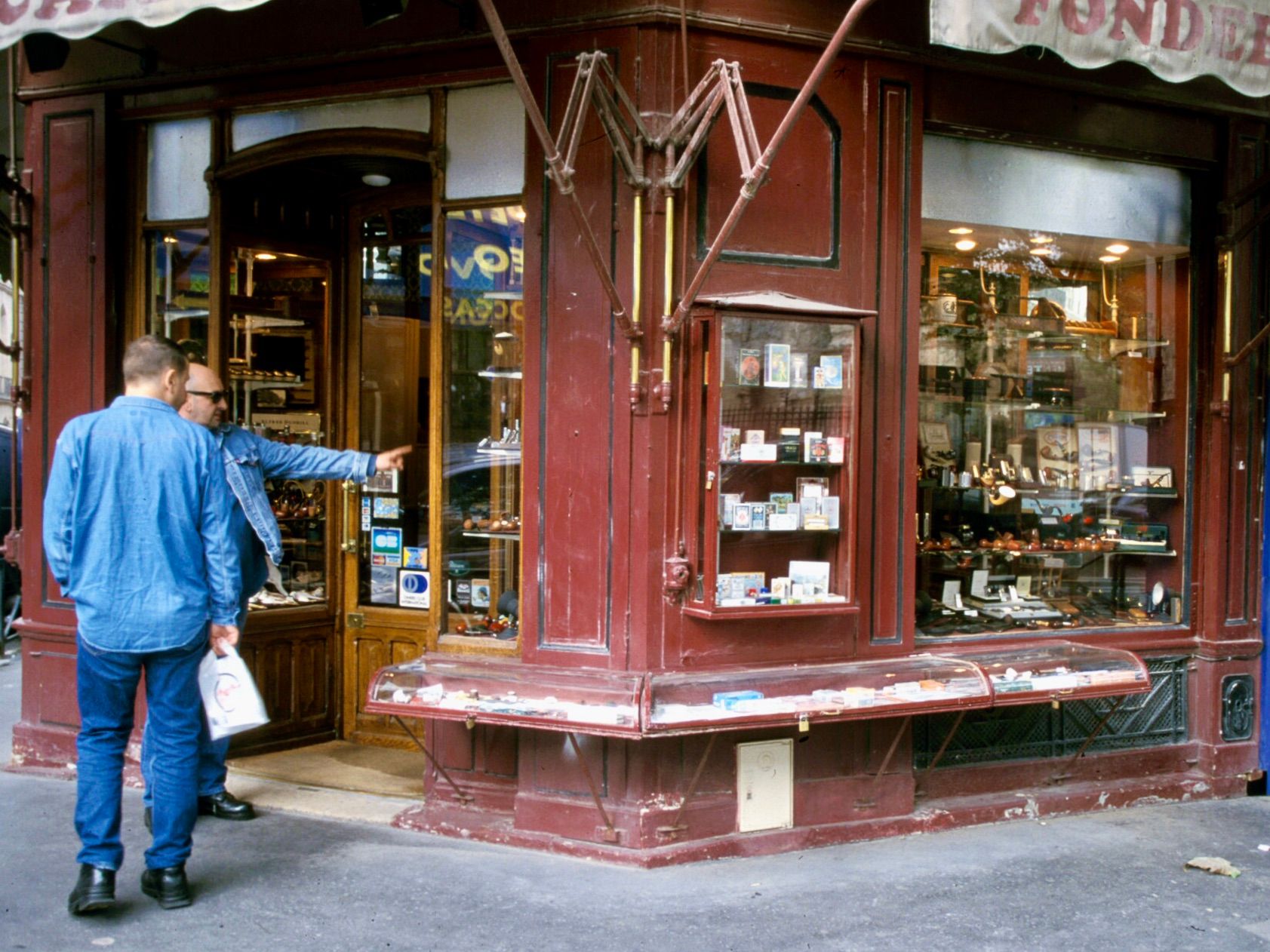
There are also some (admittedly non-bollard) examples from another part of Paris that show off qualities that could ensure that bollards are hubs for social activity: These striped posts, called "Buren's columns" are an art installation. But they are extremely sit-able, climb-able, and offer varying heights – all things that encourage photo opportunities, play, and just plain gathering!
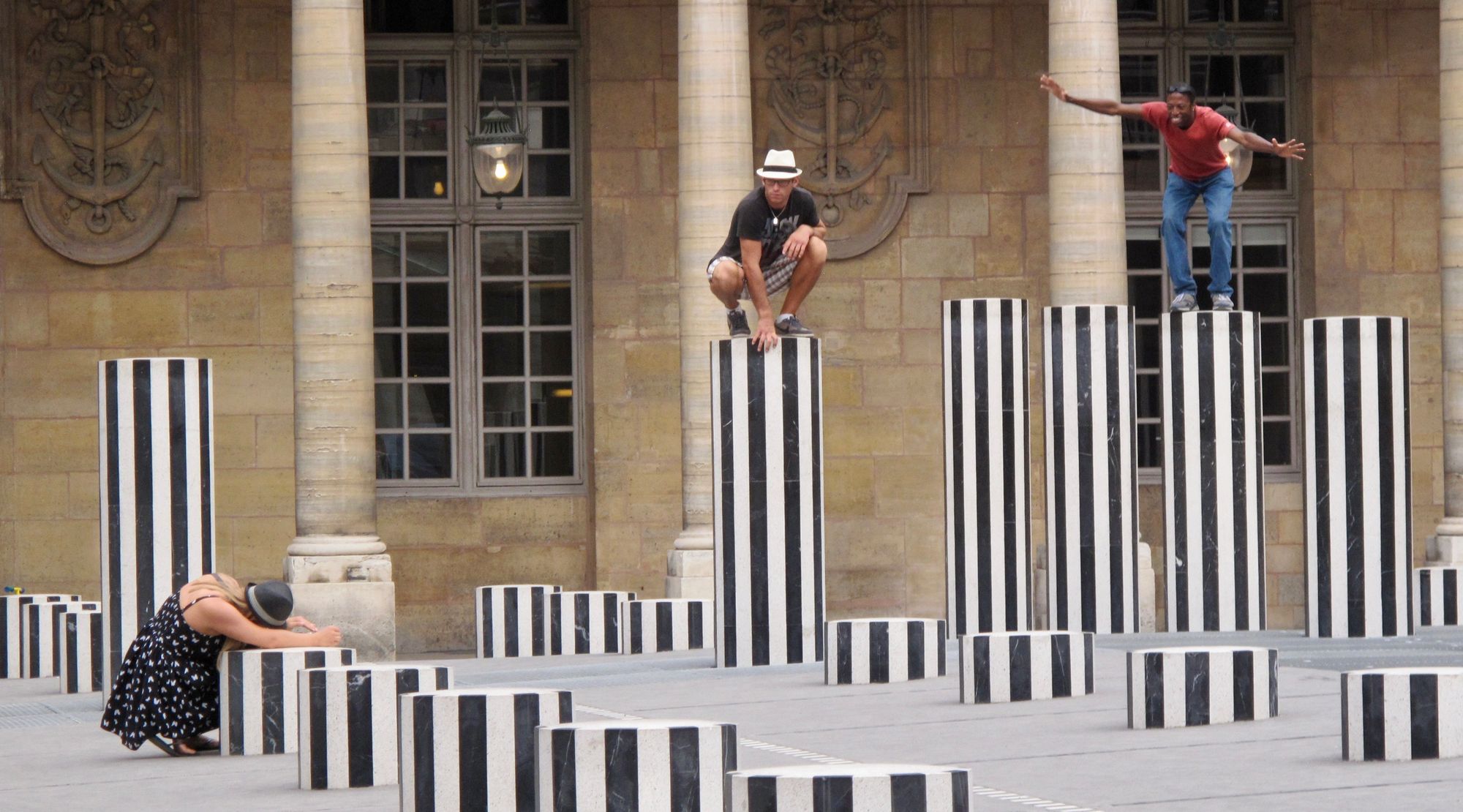
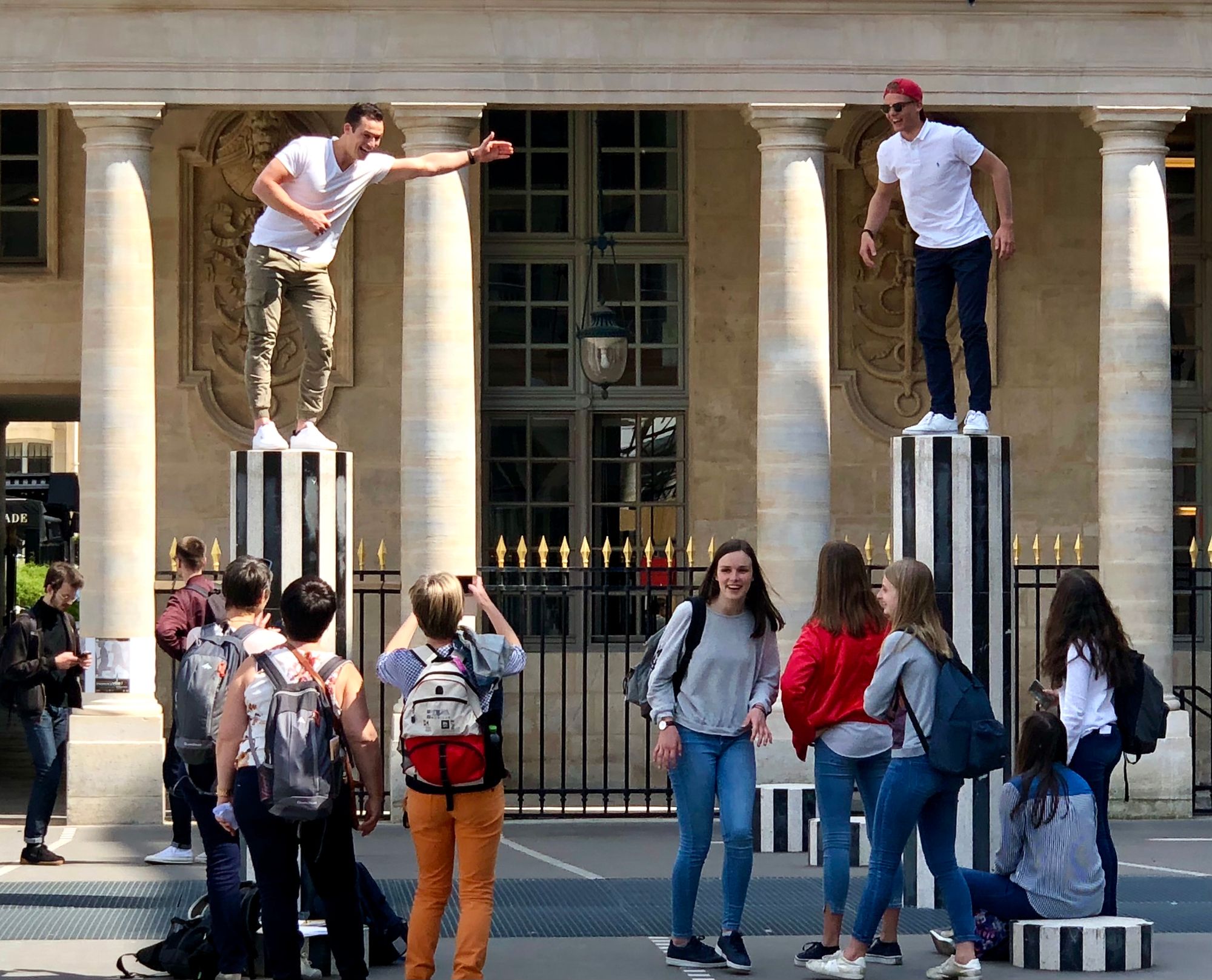
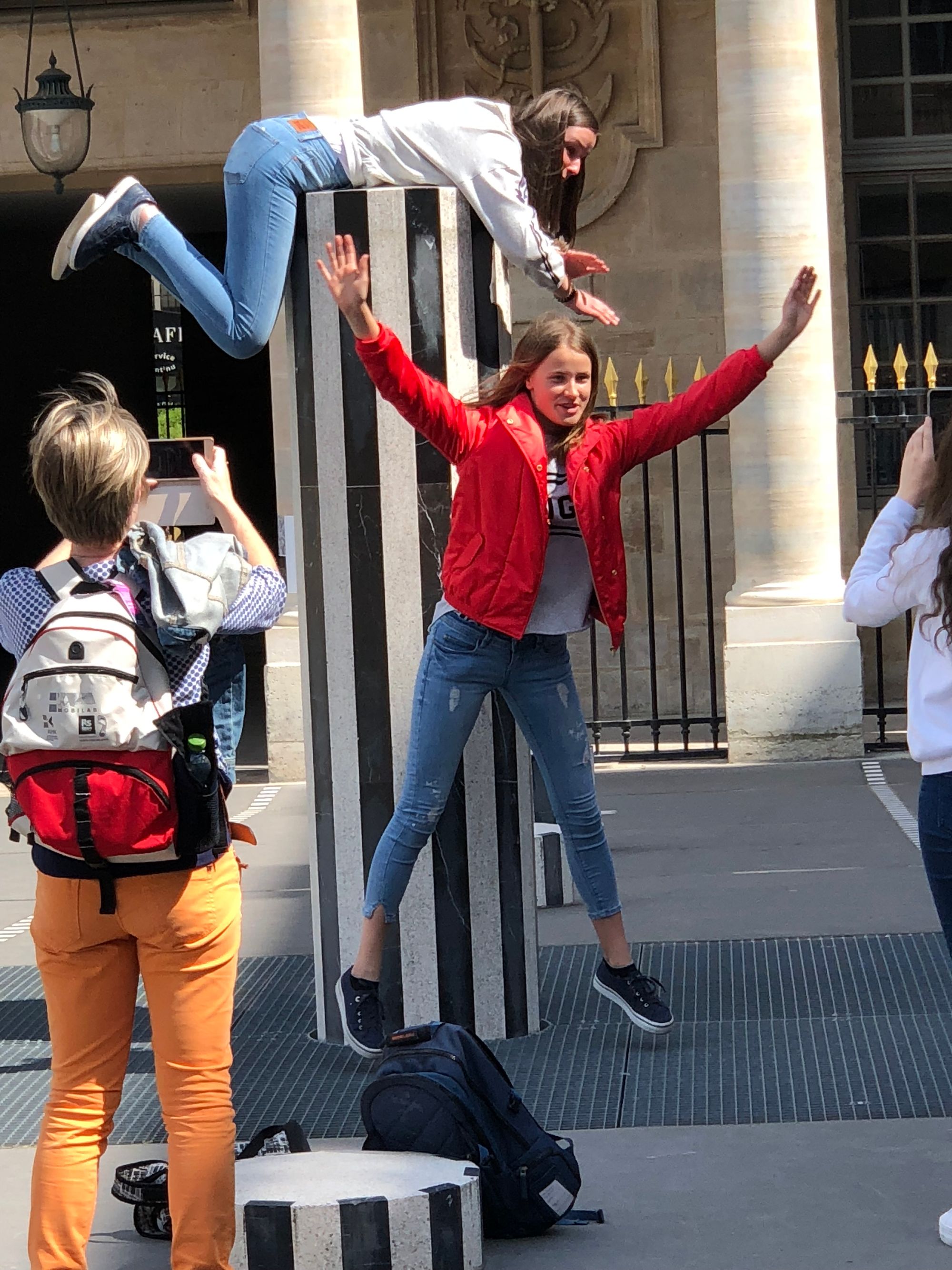
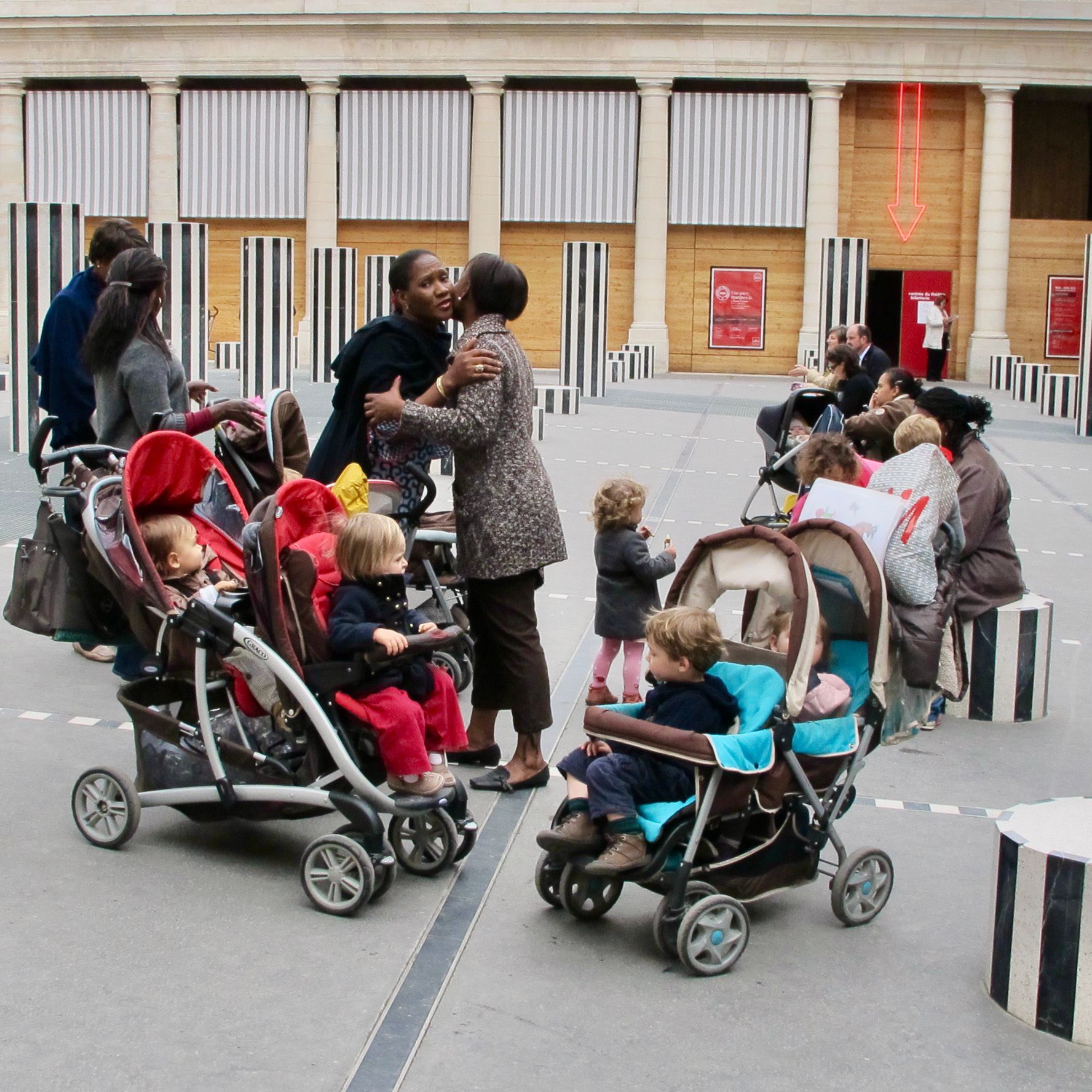
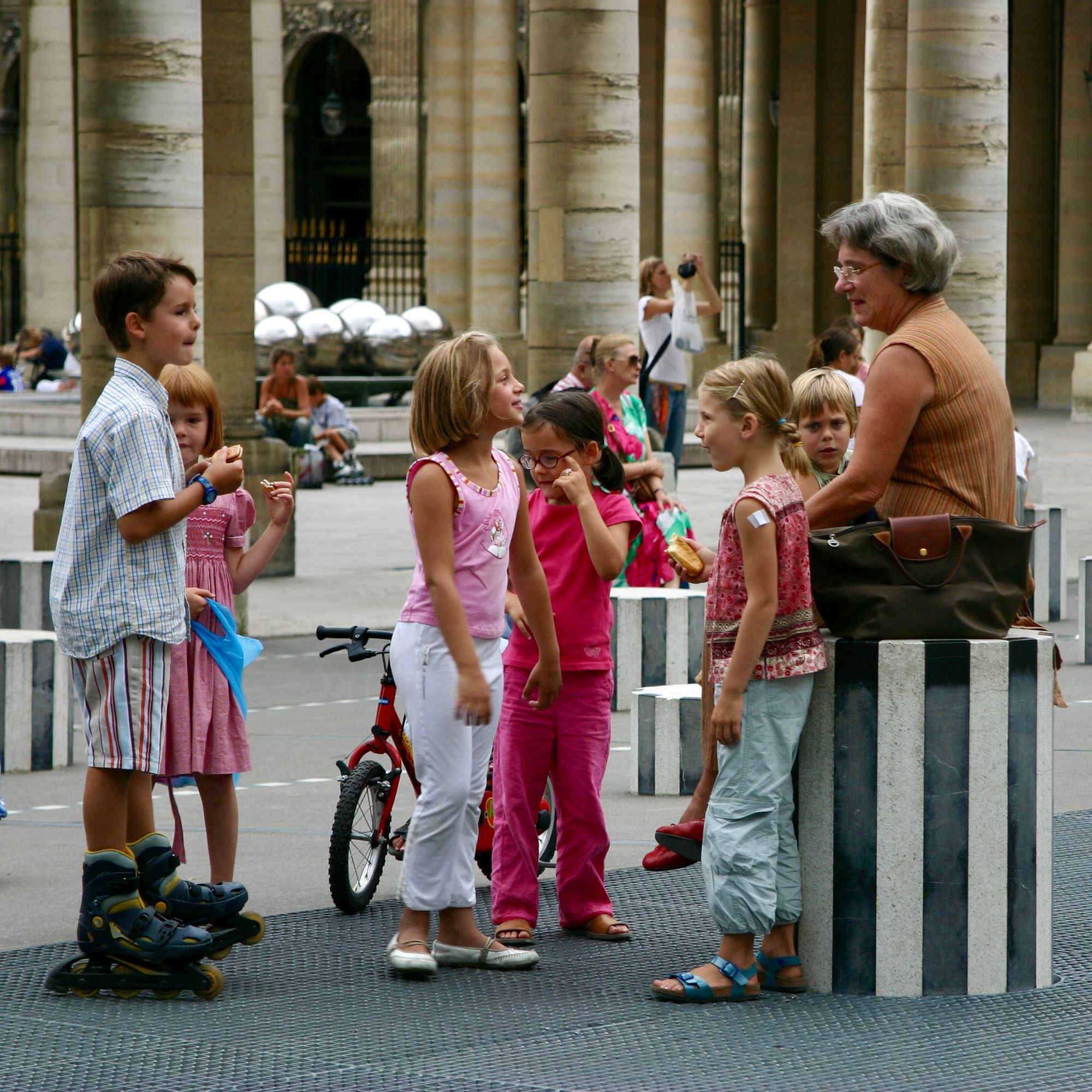
Takeaways
Small elements can change the character of a street, an intersection or a crosswalk and turn it into a place that attracts certain behaviors. Bollards are one of the simplest of these elements, but nonetheless add social life to what might otherwise be a normal, mundane crosswalk.
- When done right, bollards can be multifunctional: They separate vehicle traffic from pedestrian activities, while also supporting social life.
- Bollards are often used as seating, places to lean, and hubs for people-watching.
- Bollards make space for social life, including spillover effects from dynamic storefronts and cafés. This is especially true on corners and at intersections.
- Bollards can "nudge" drivers towards better behavior around pedestrians, providing a visual cue to slow down or preventing parking in undesignated areas.
Related Articles
